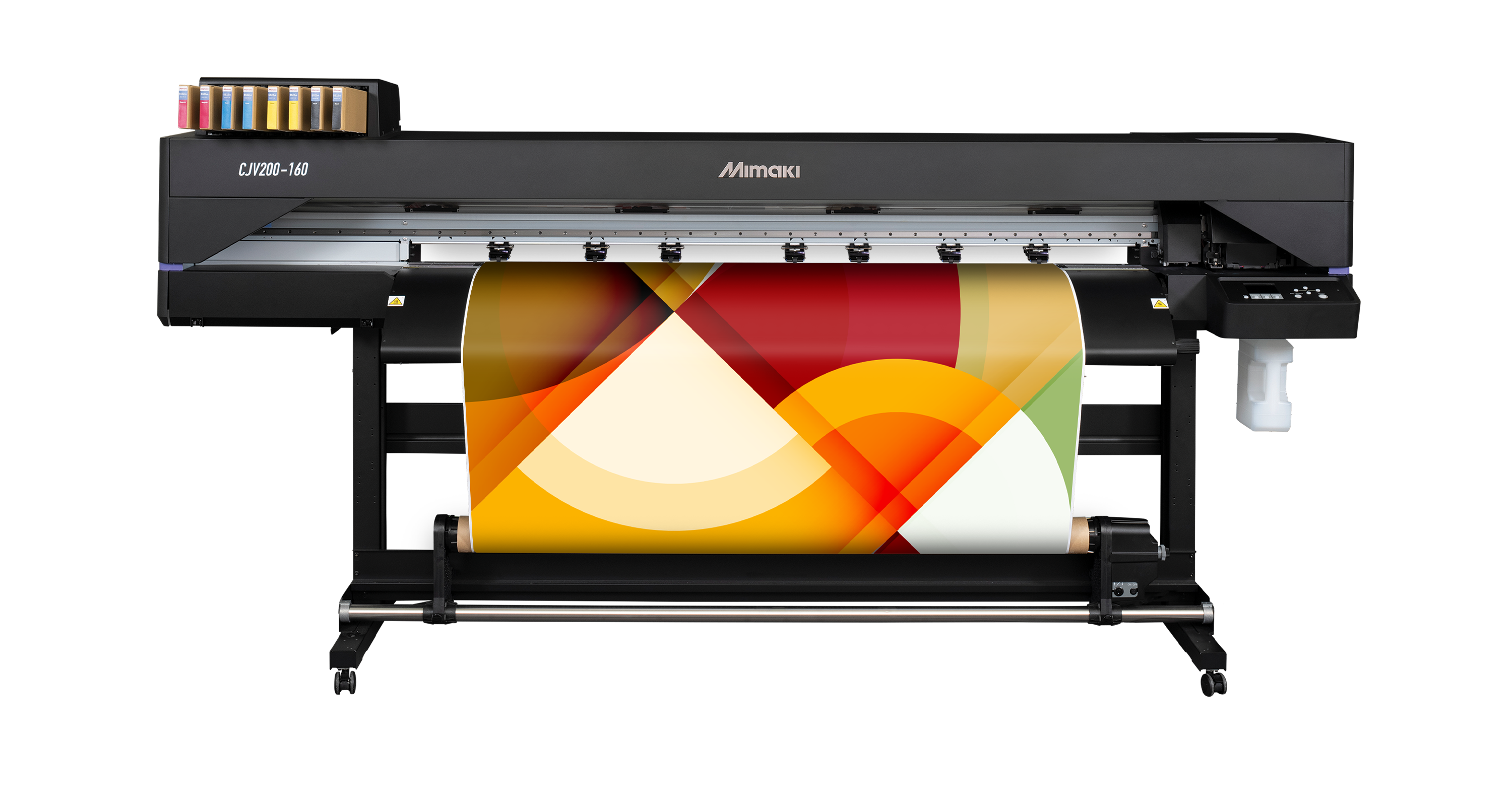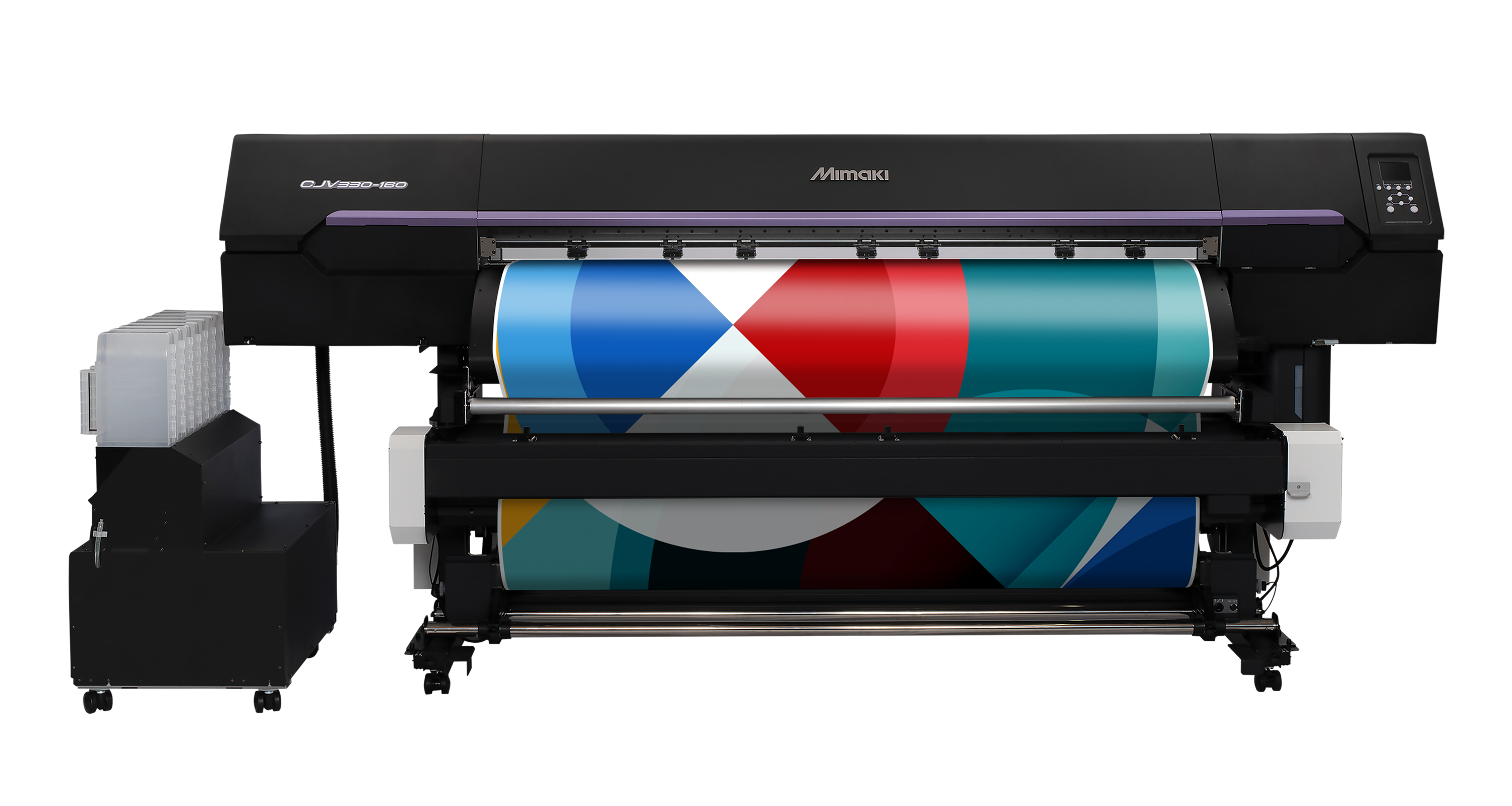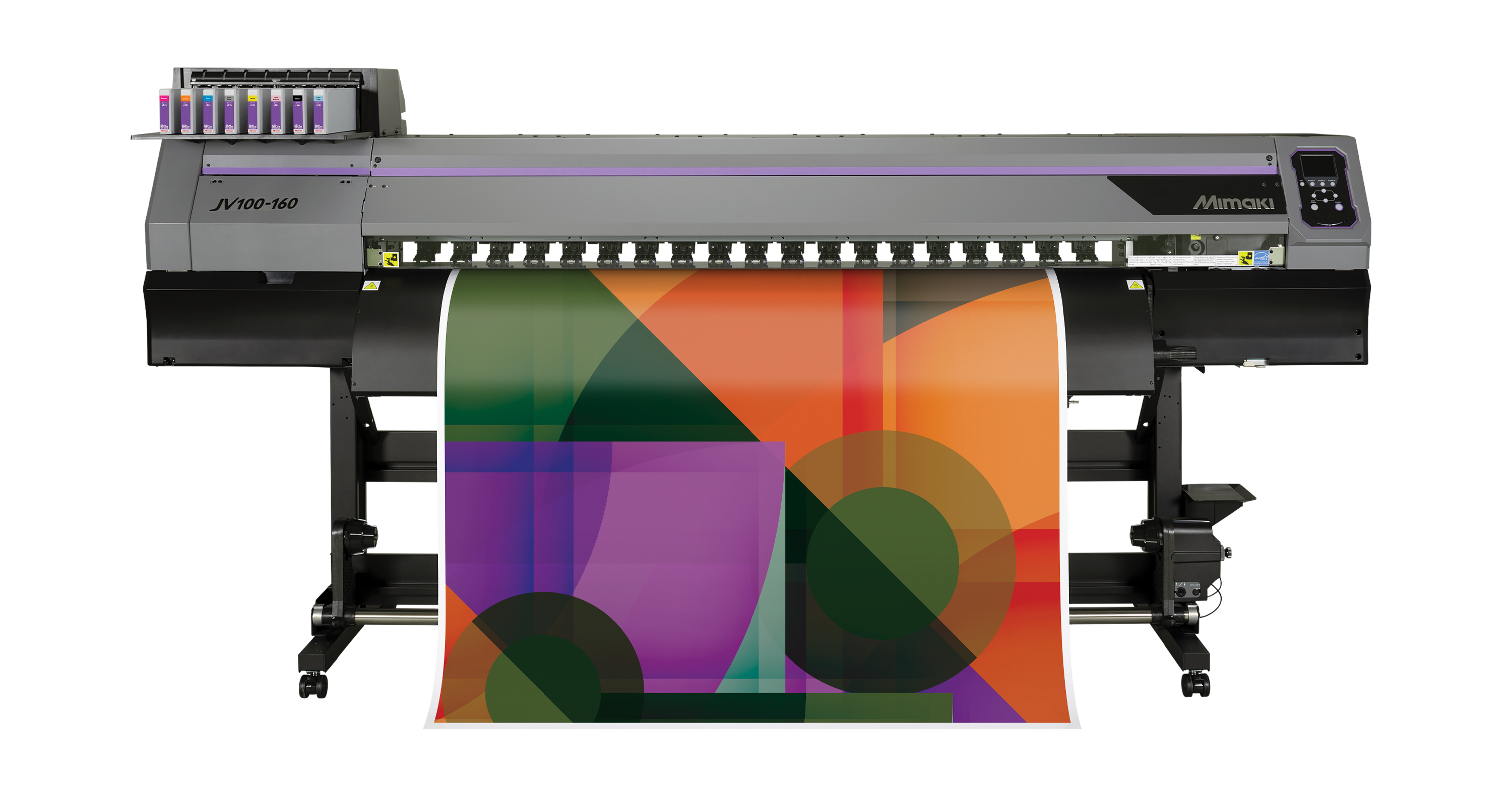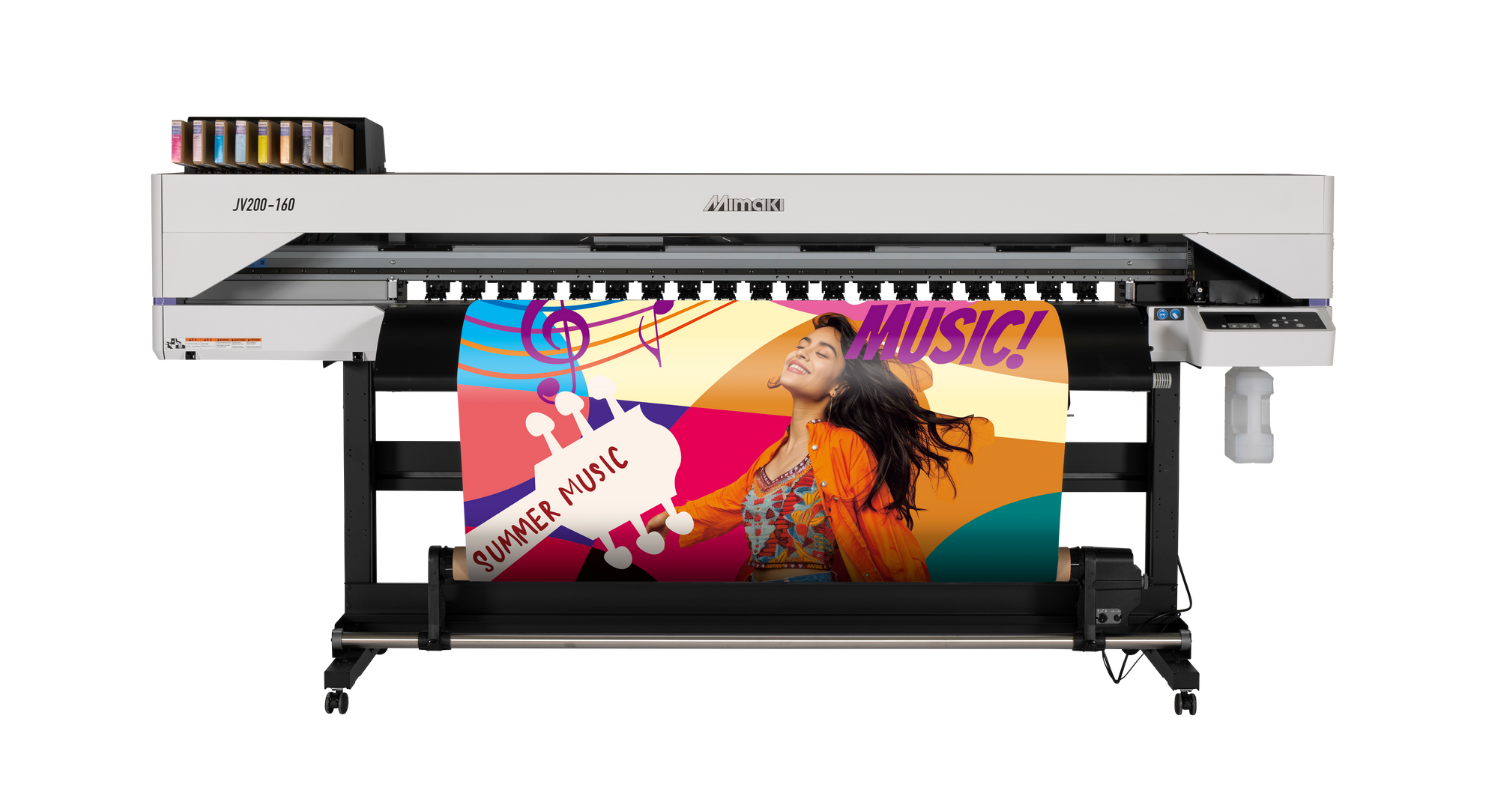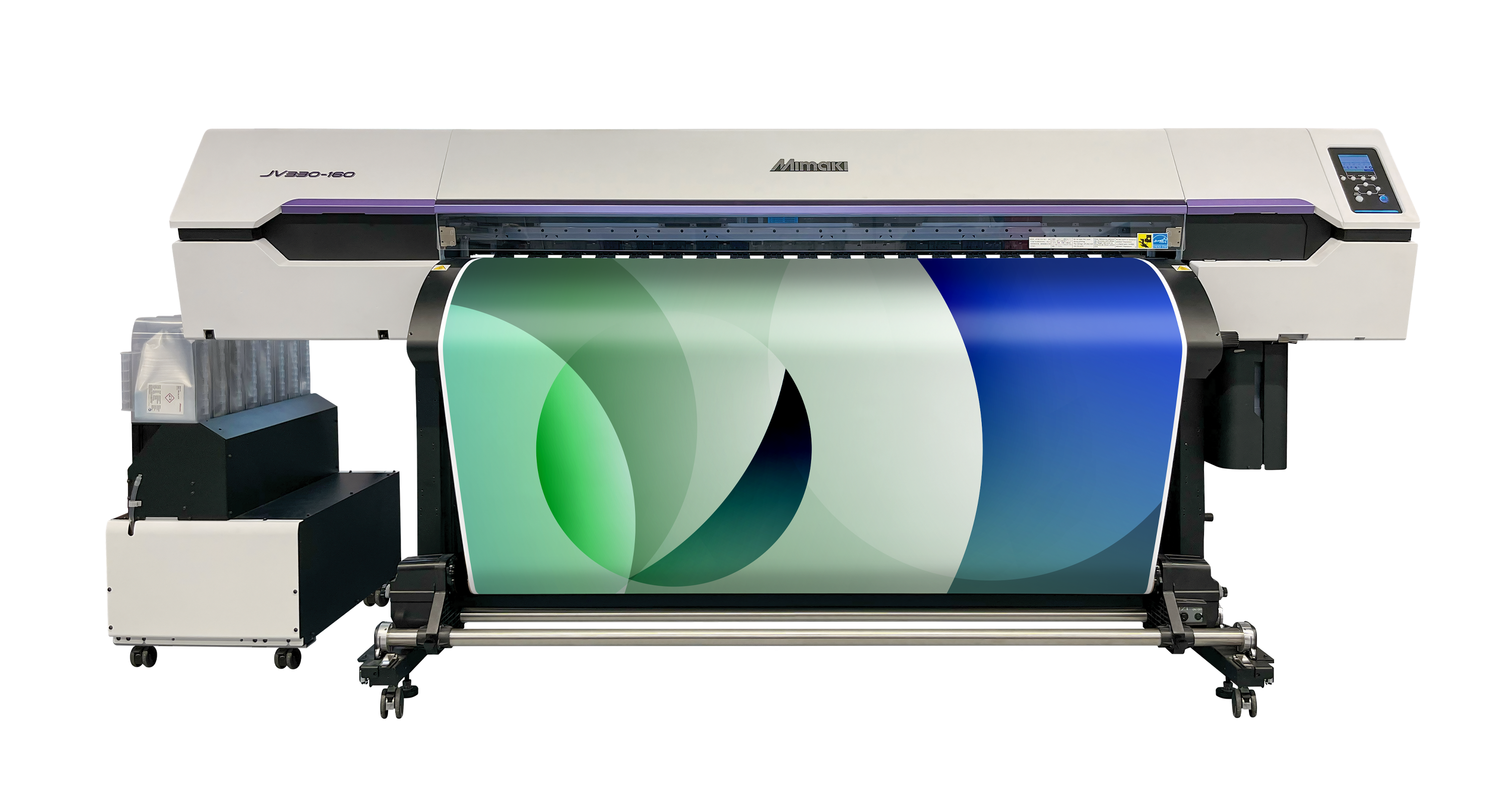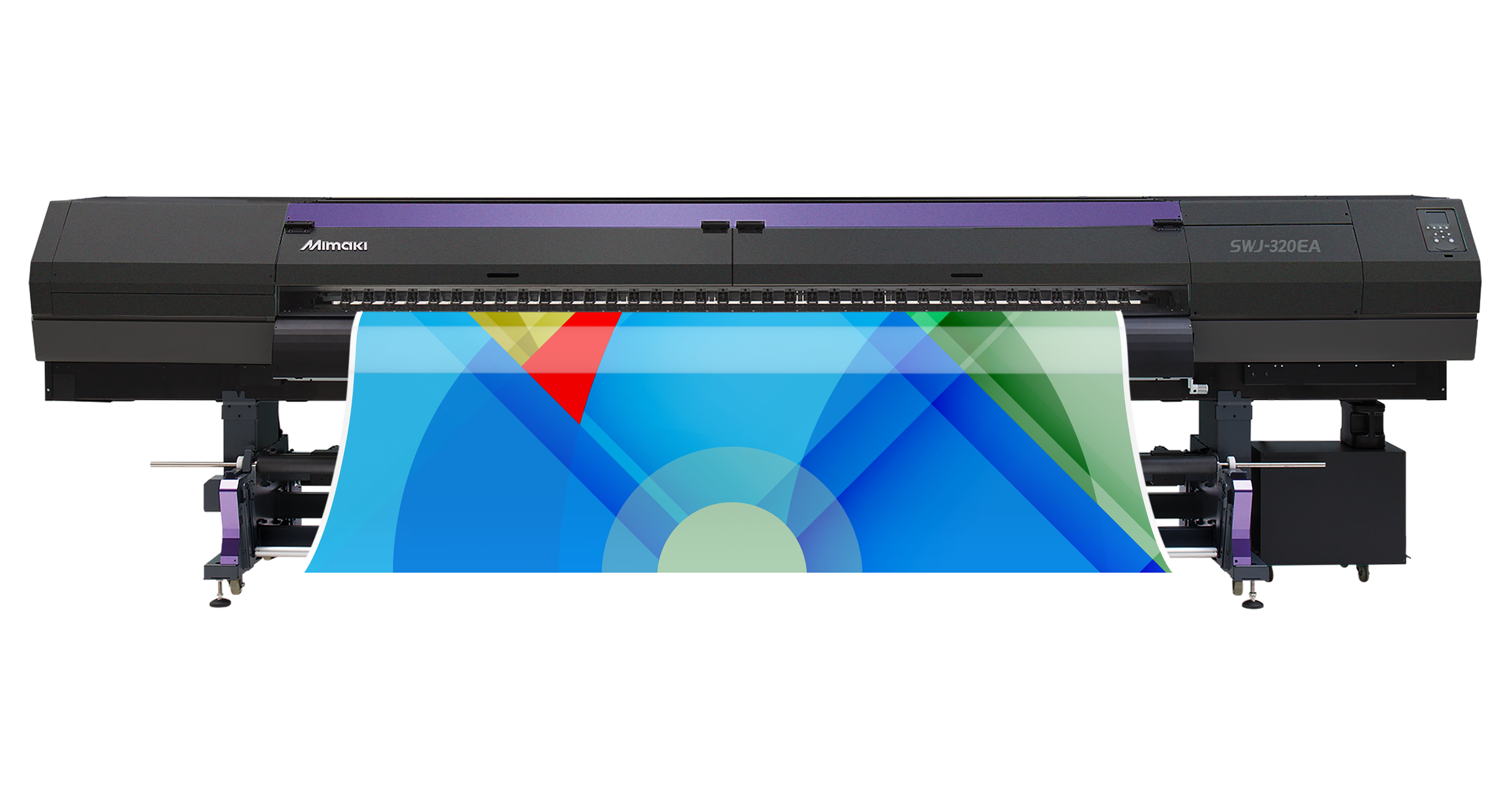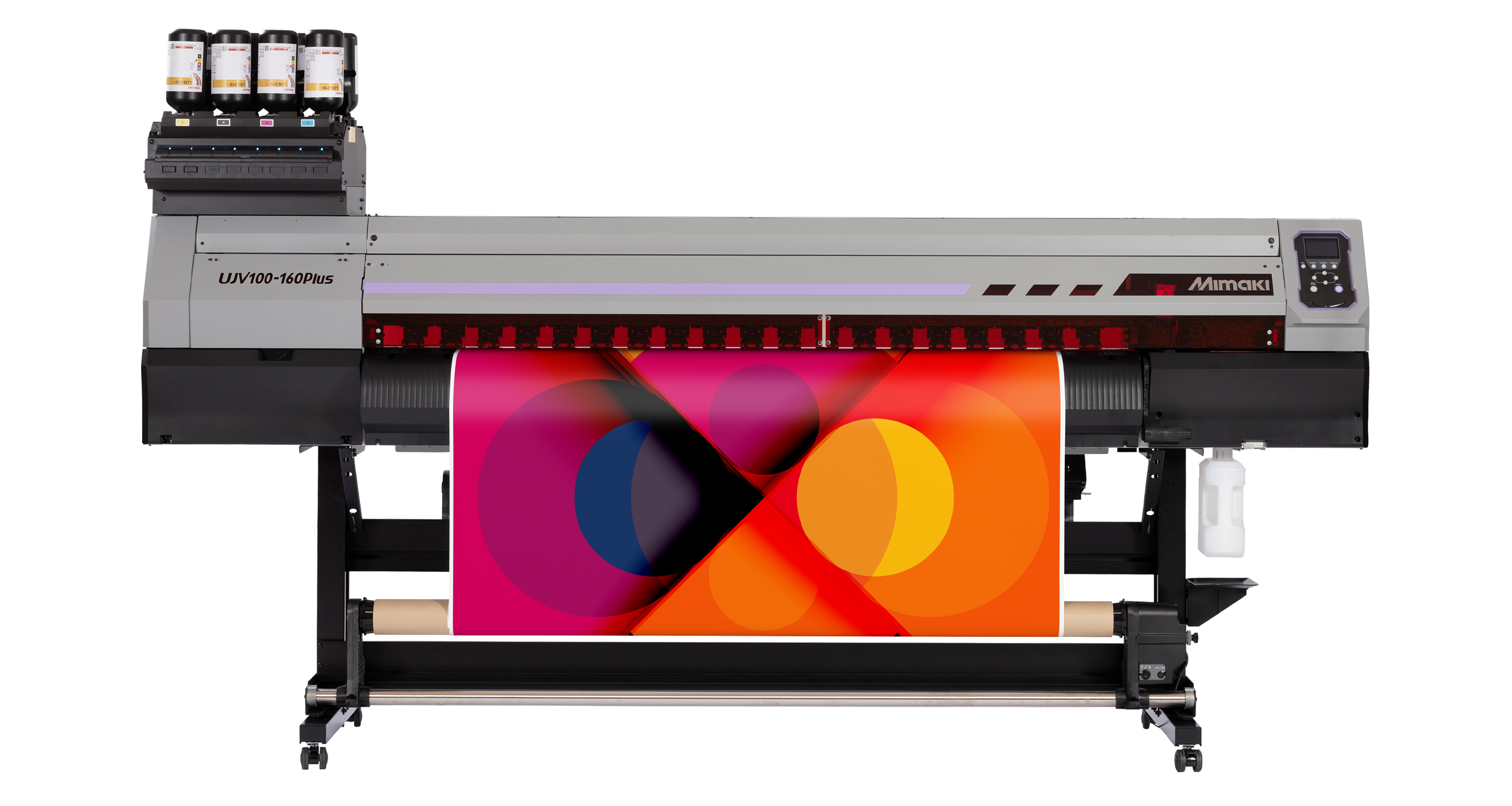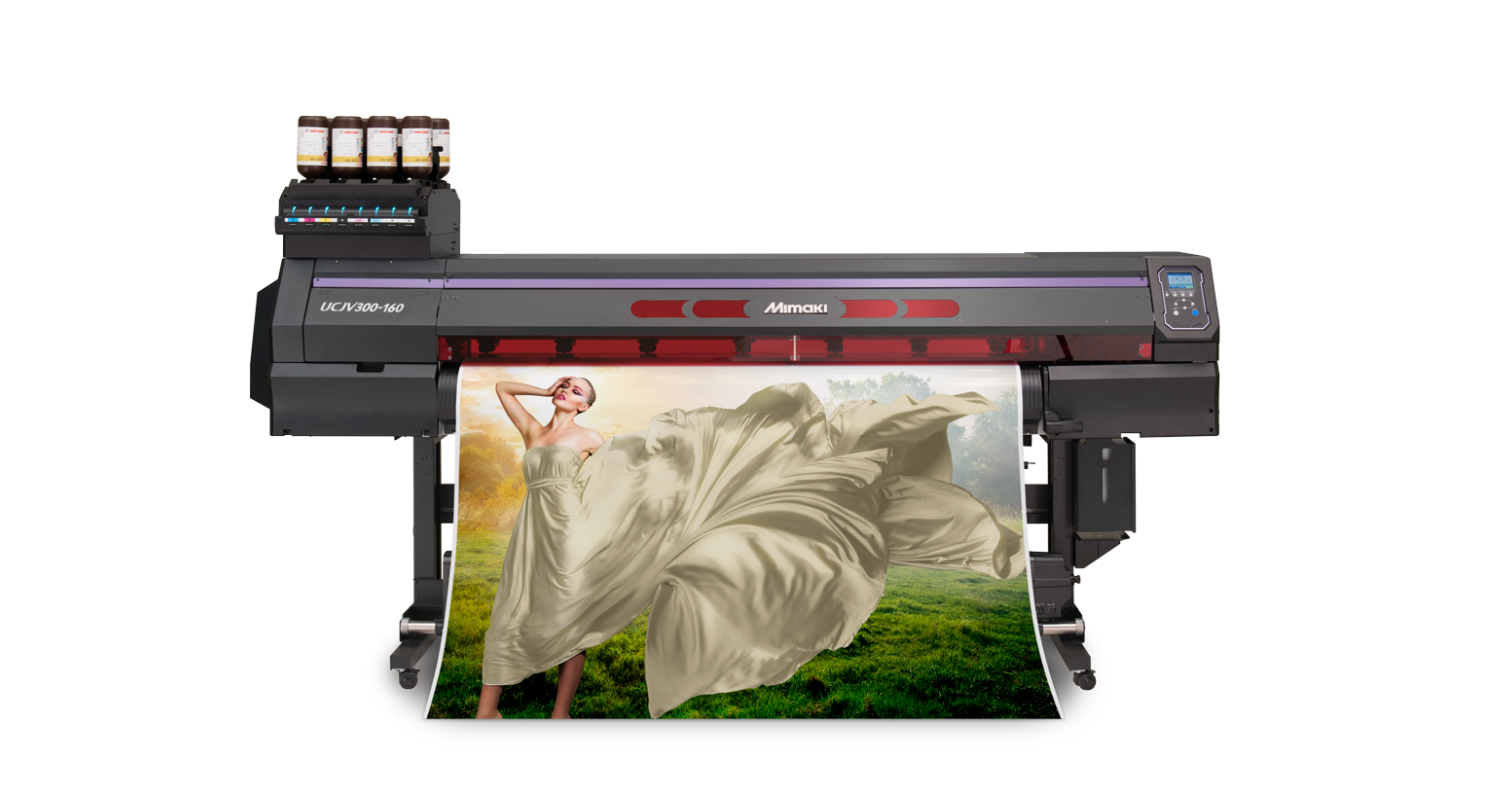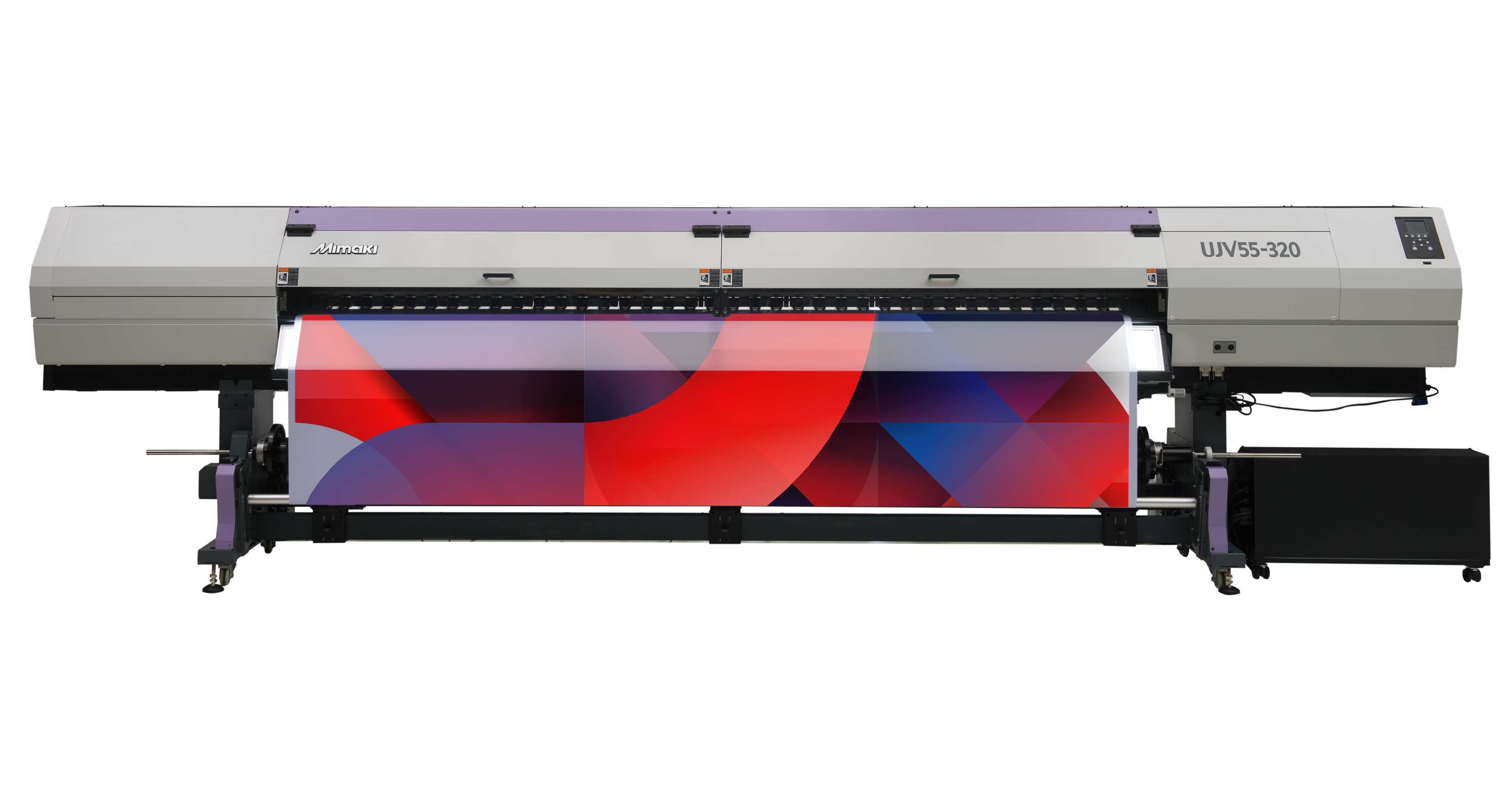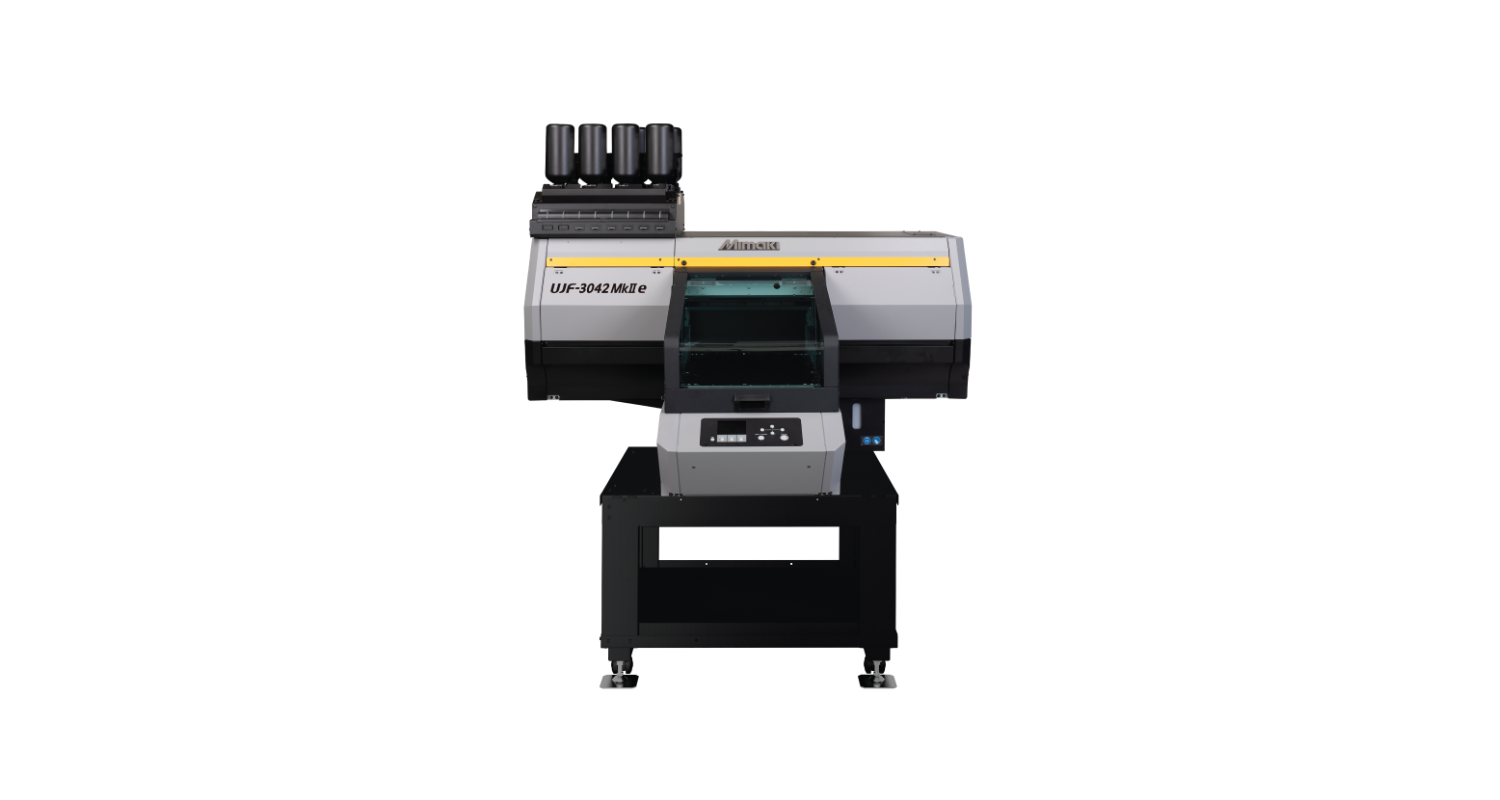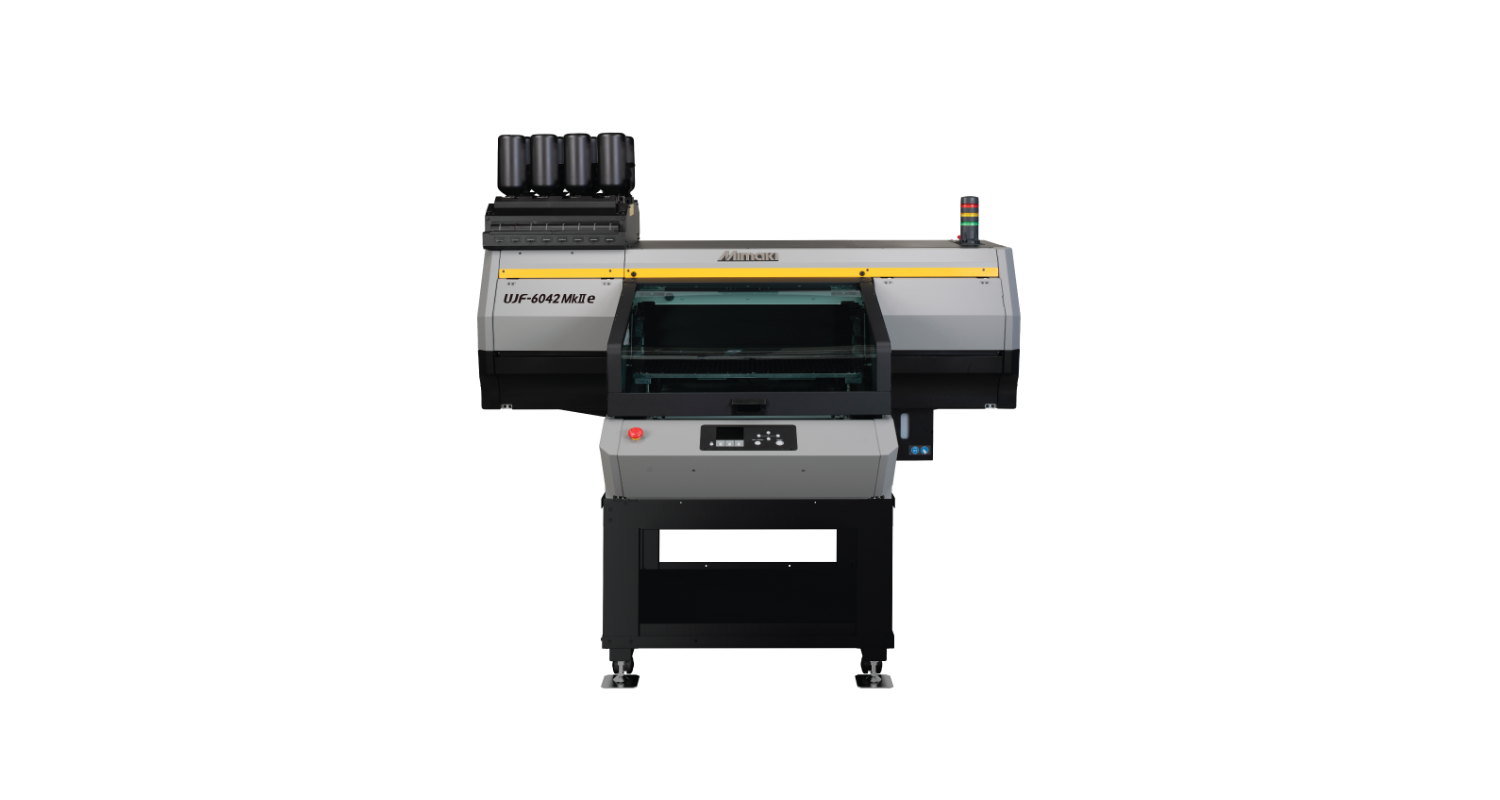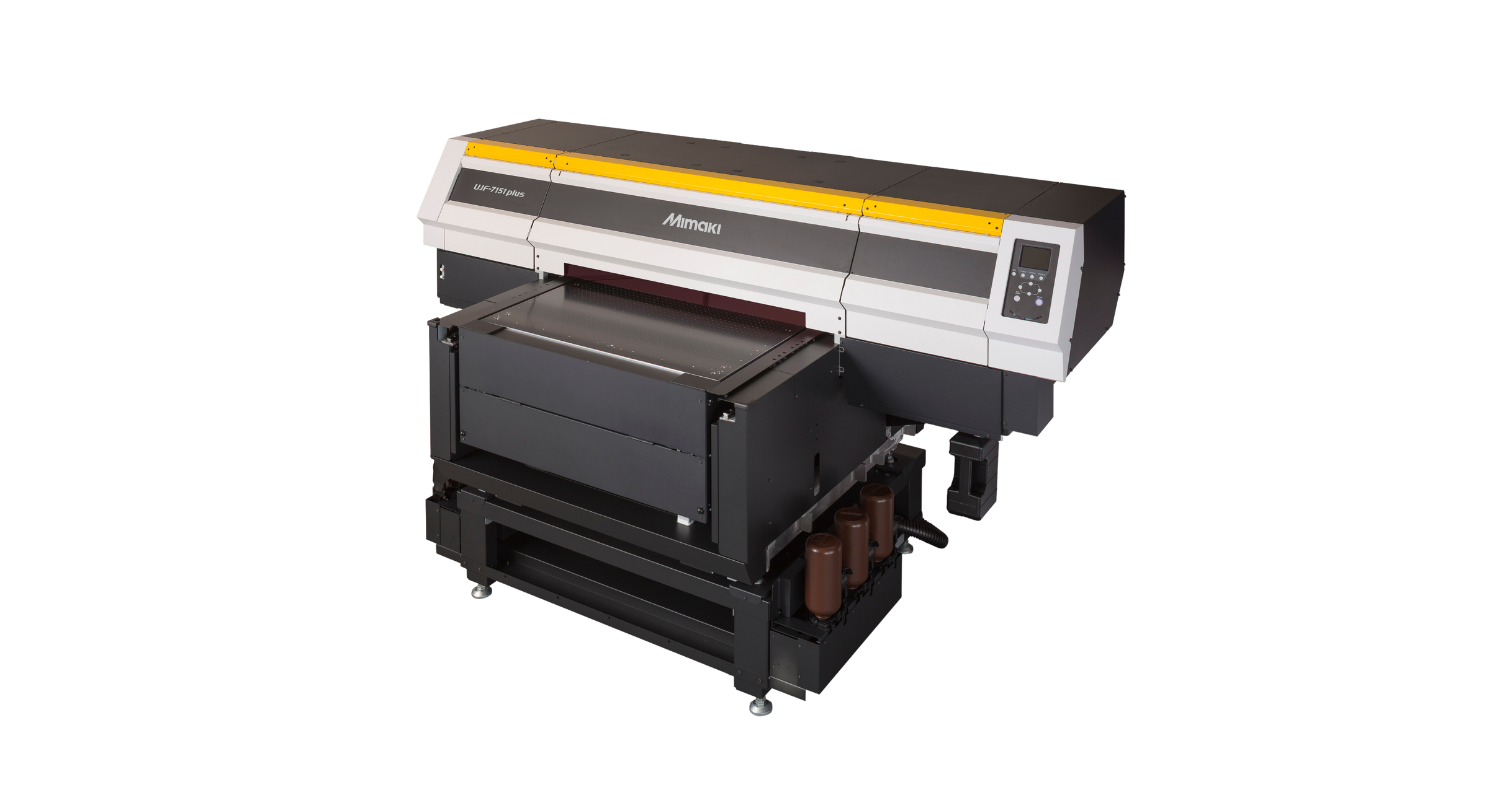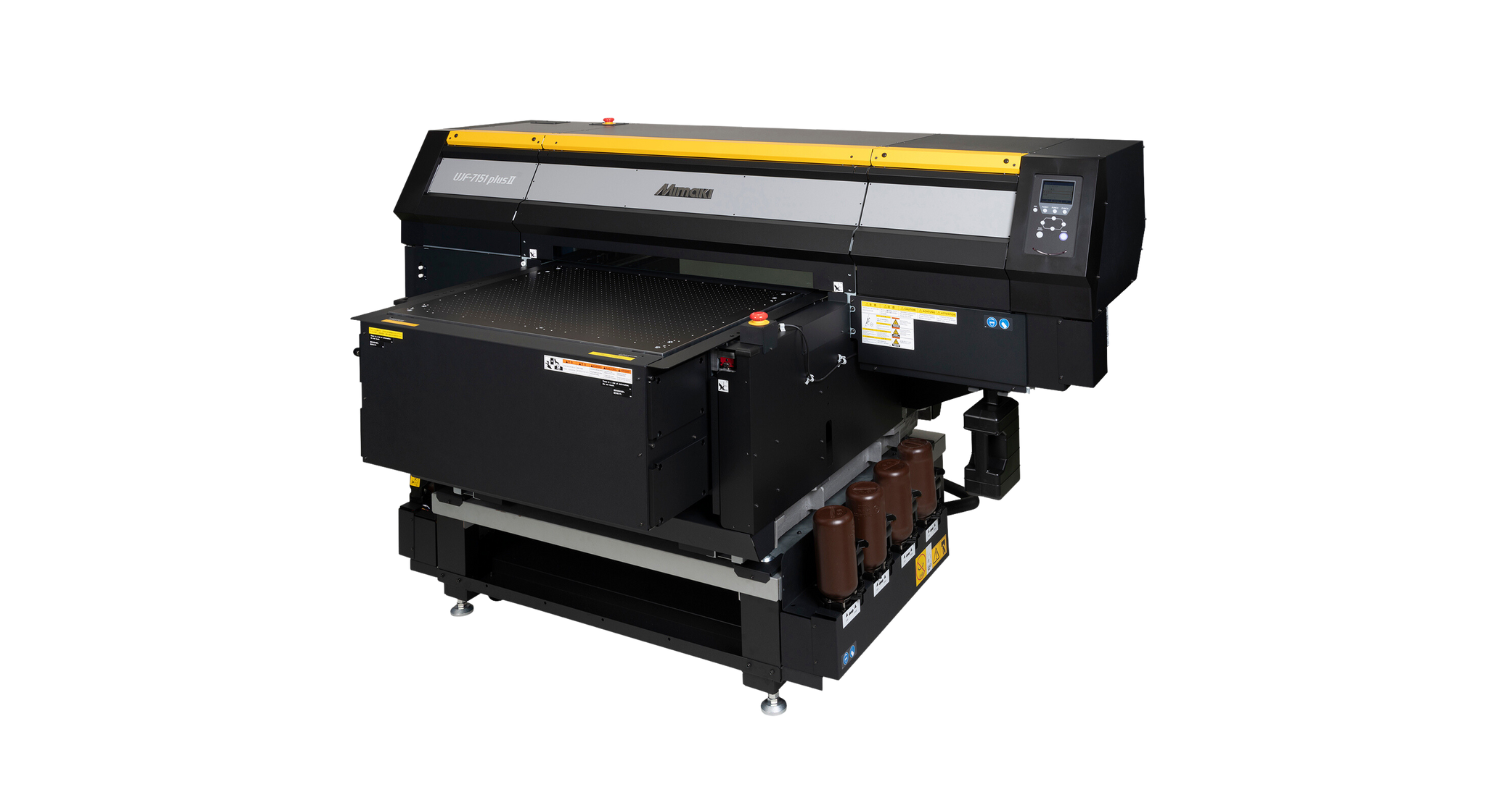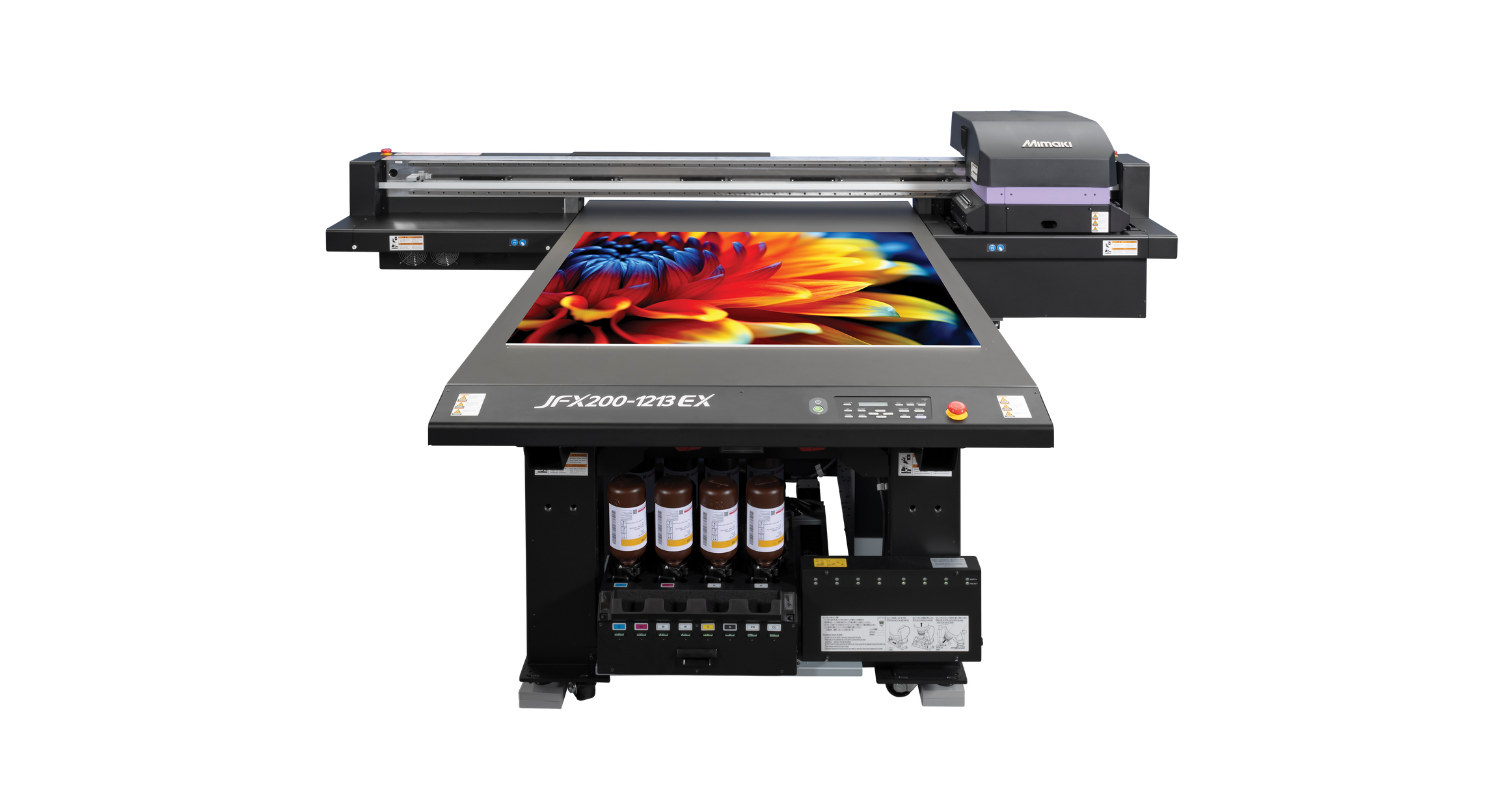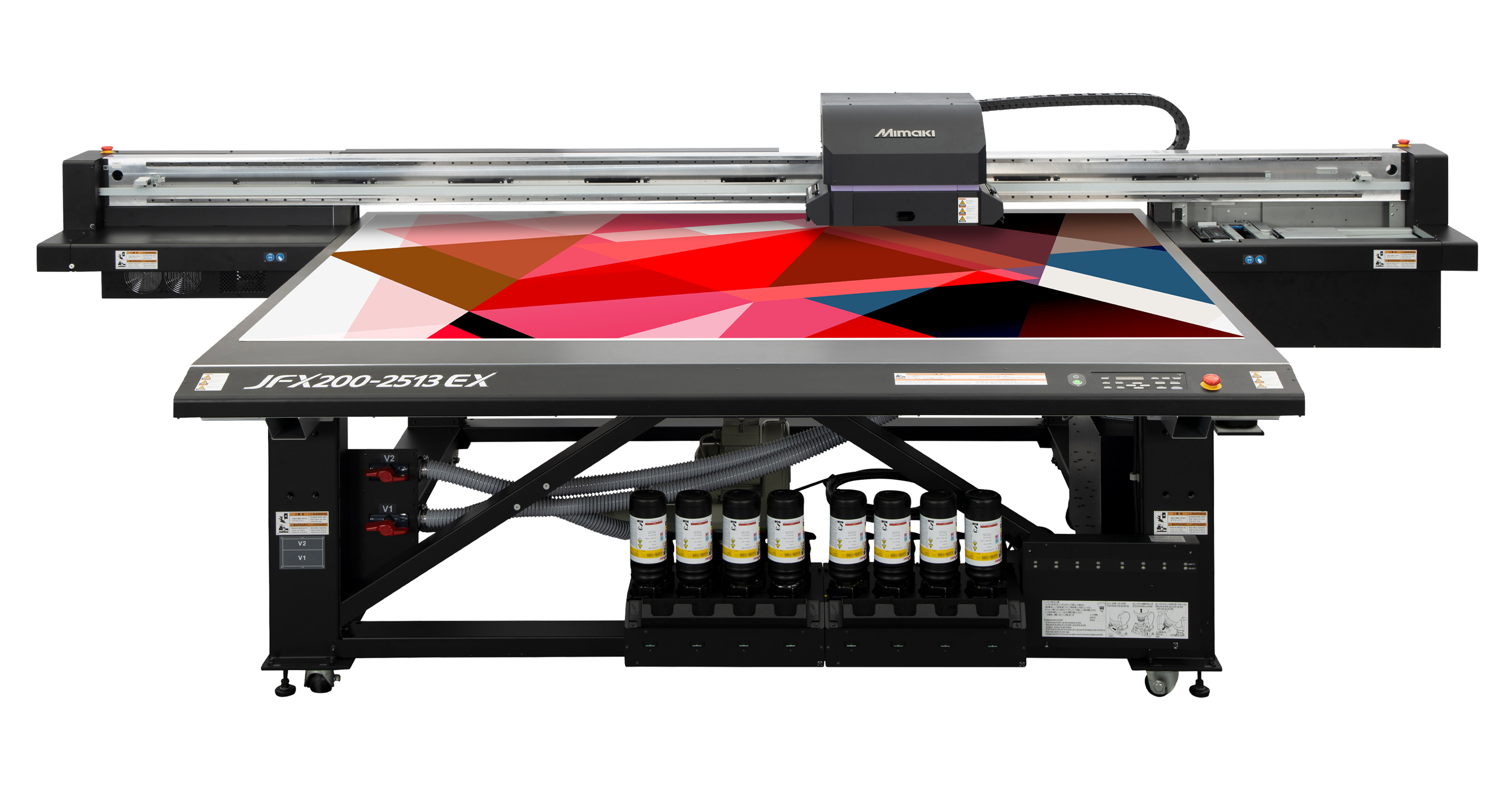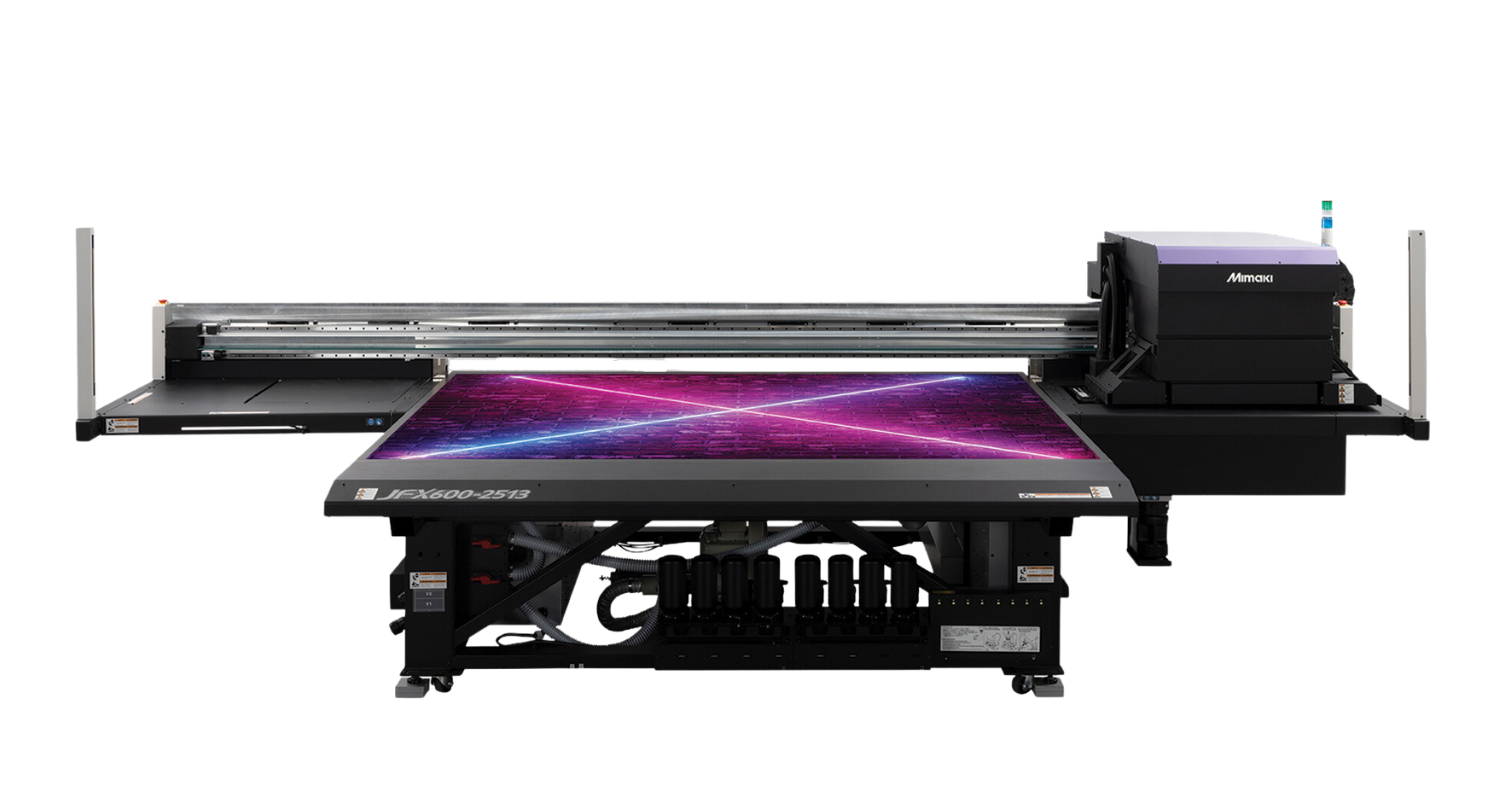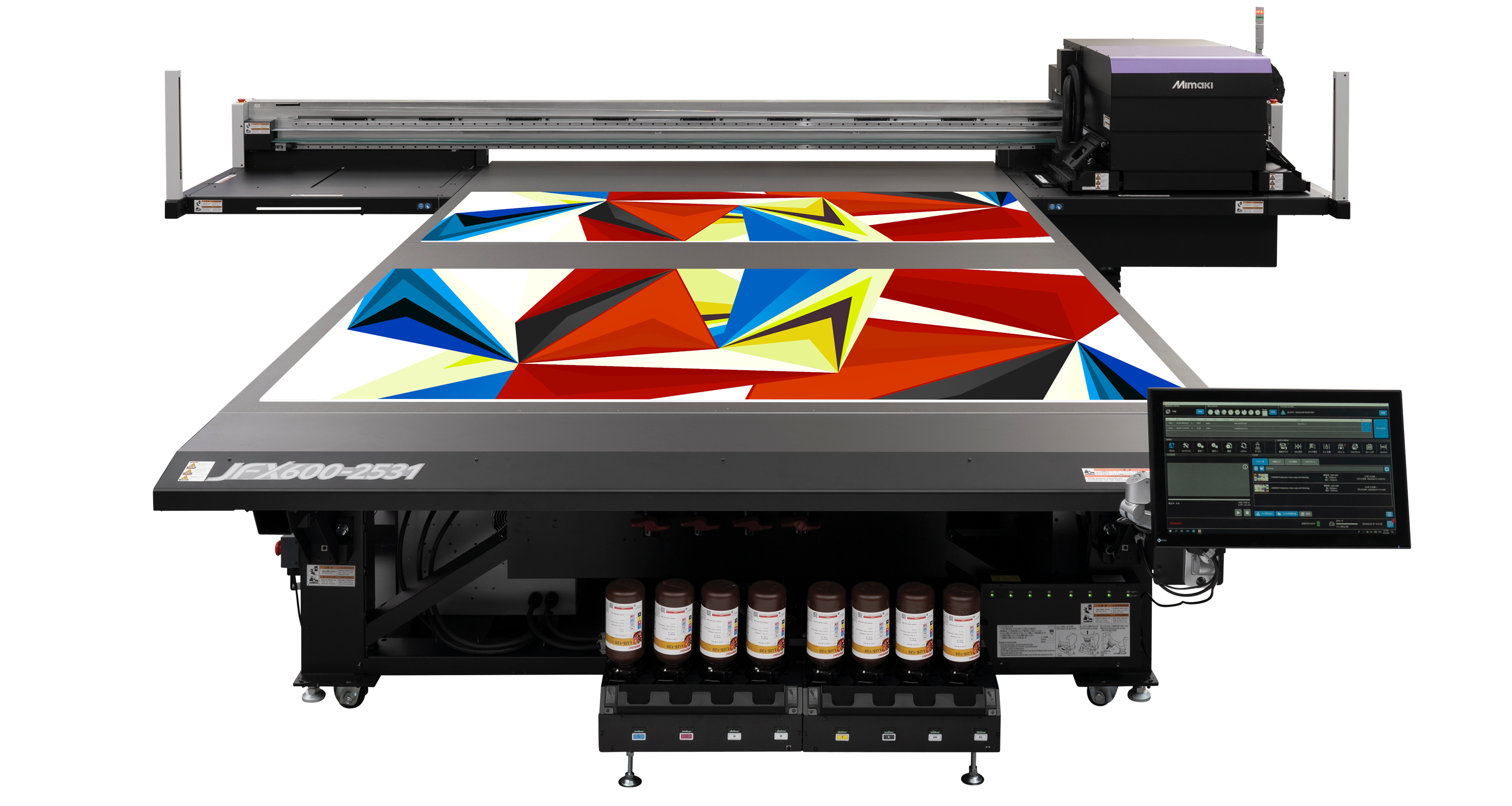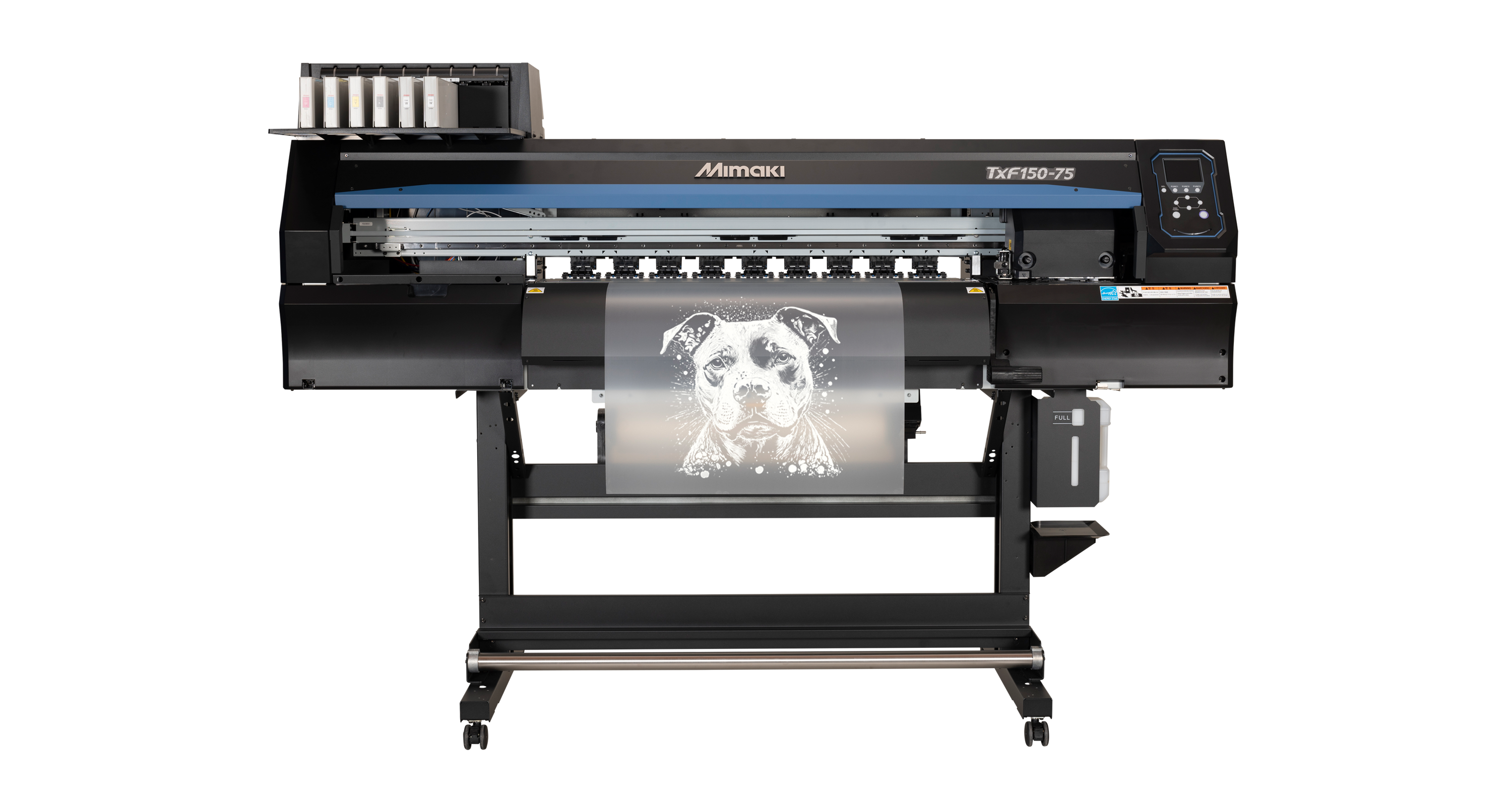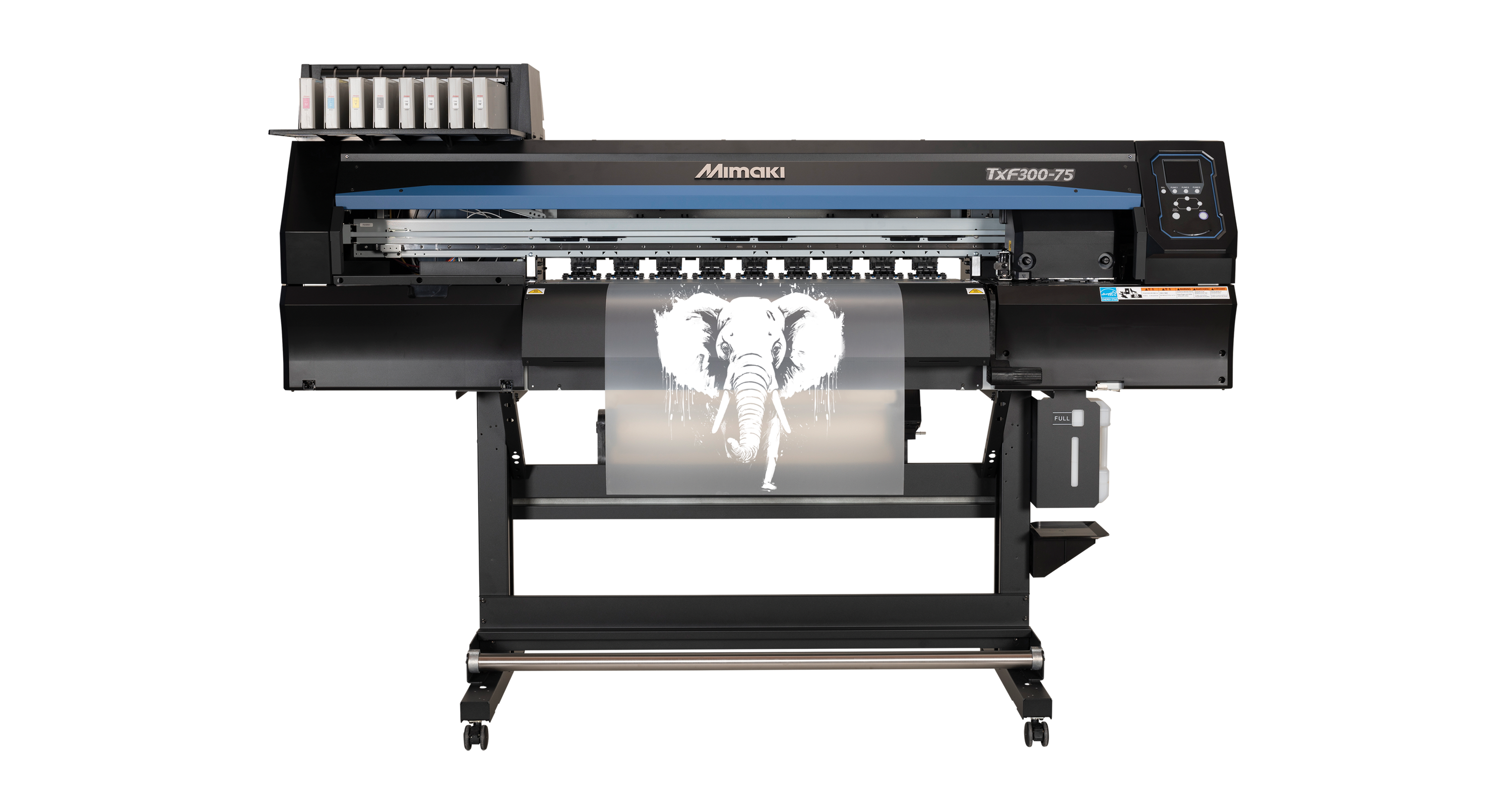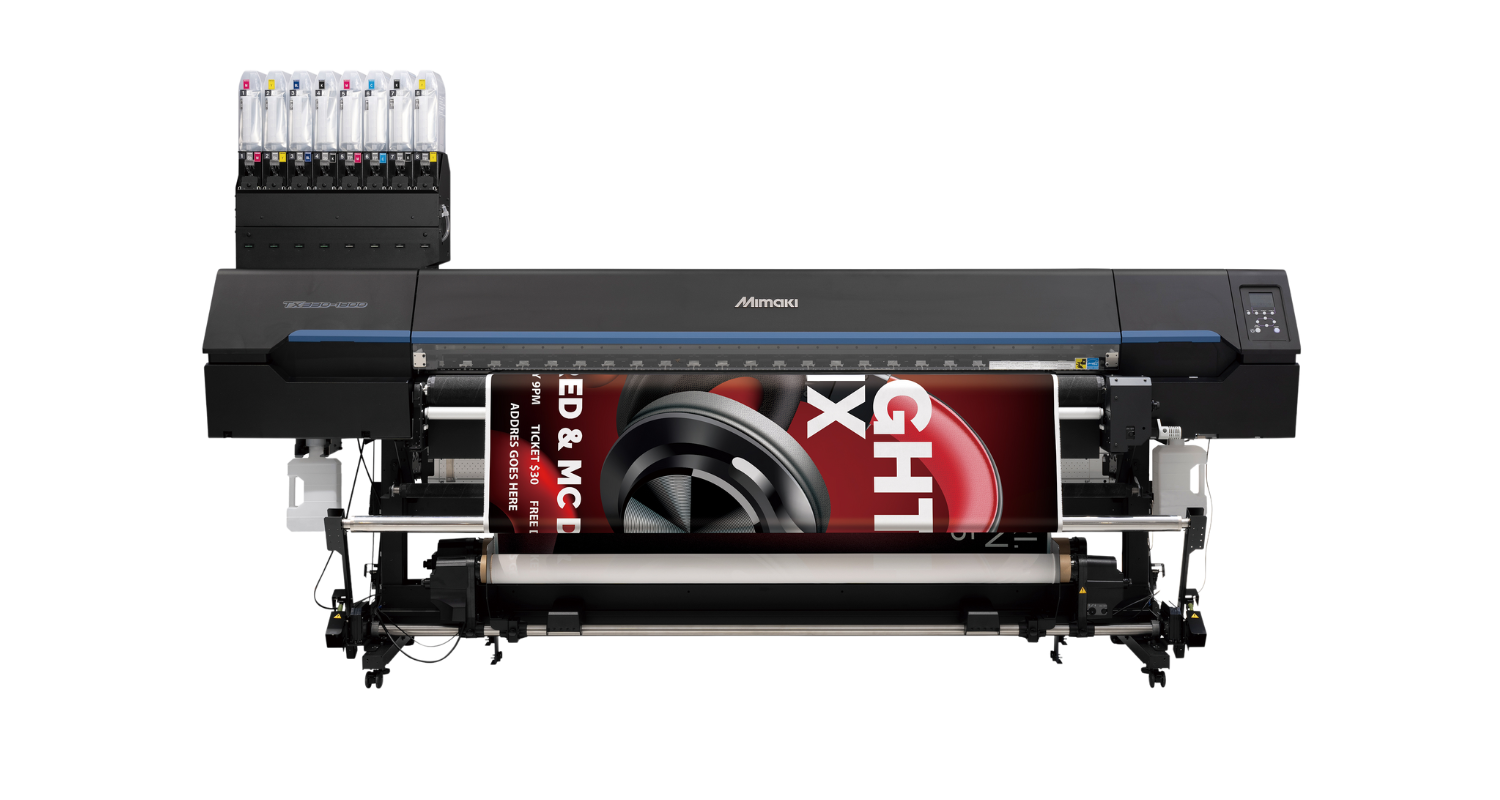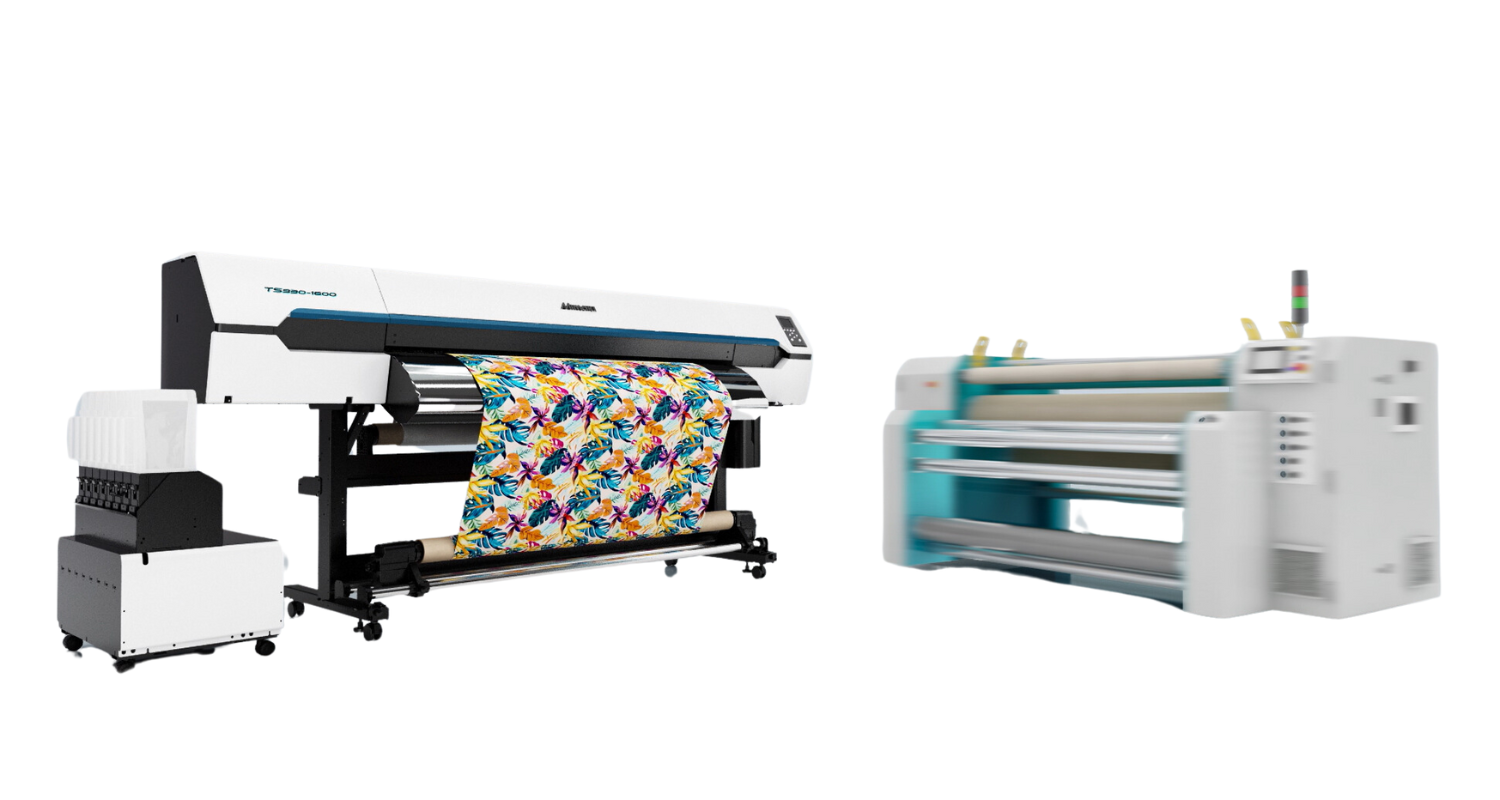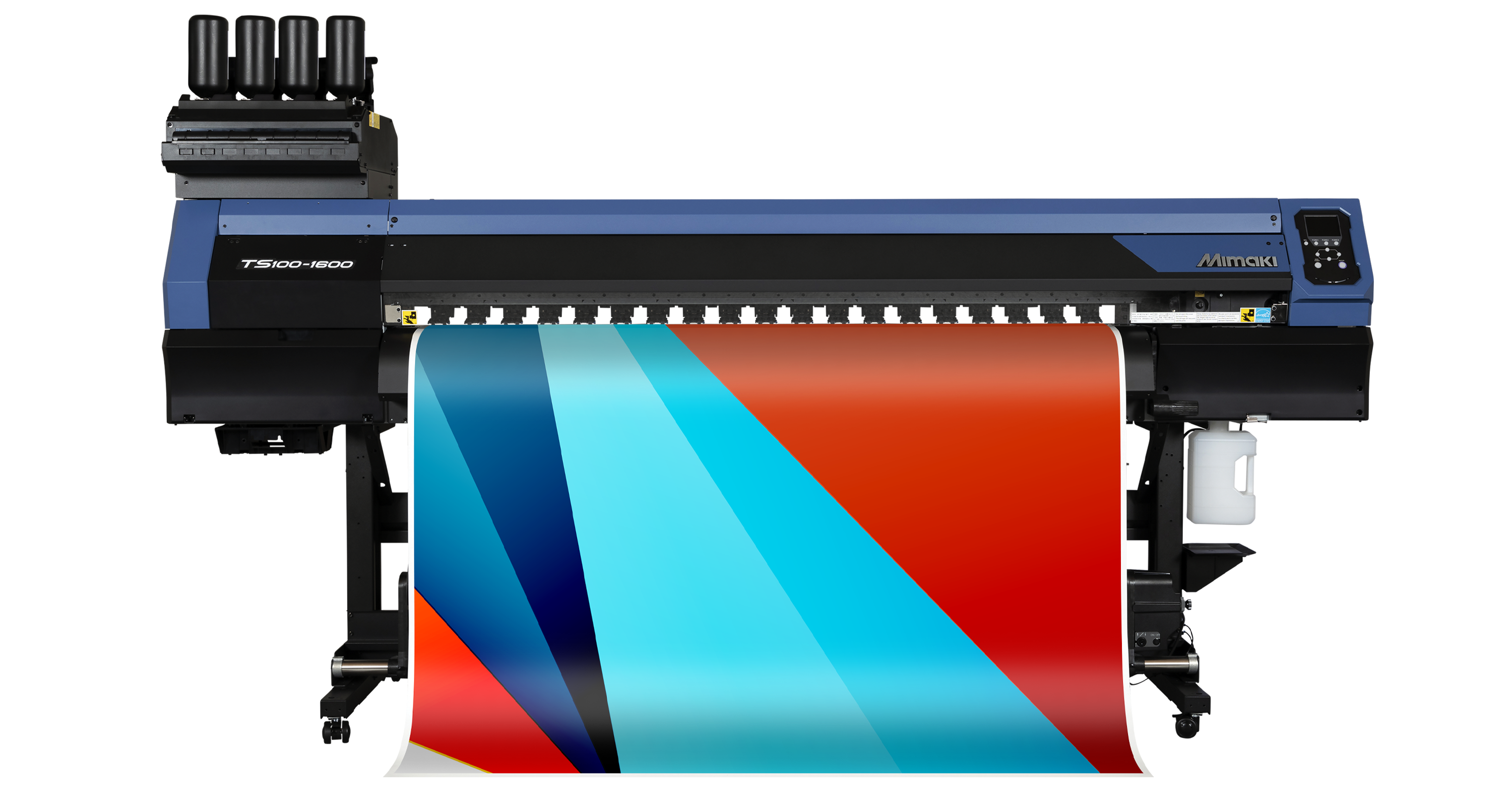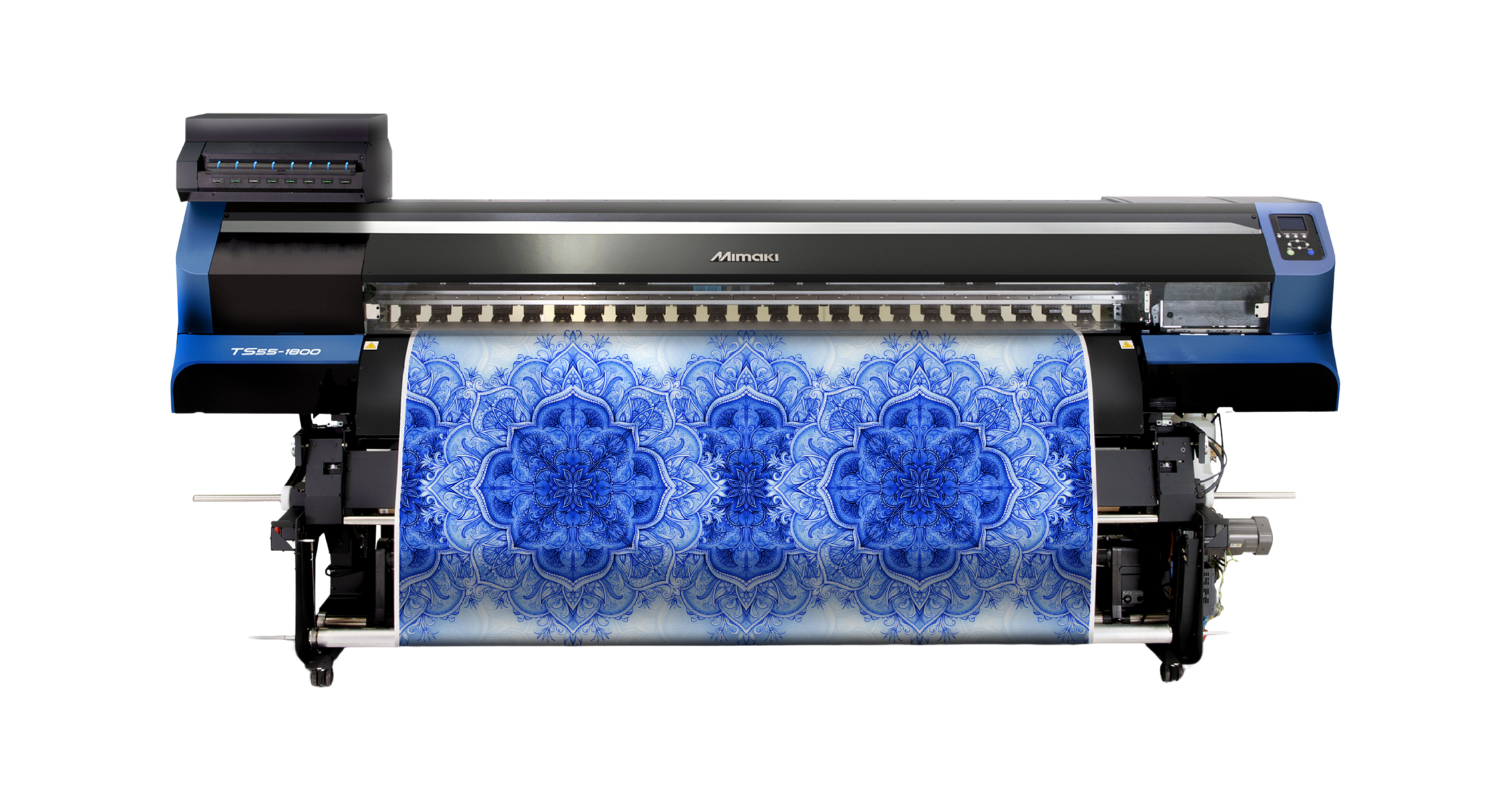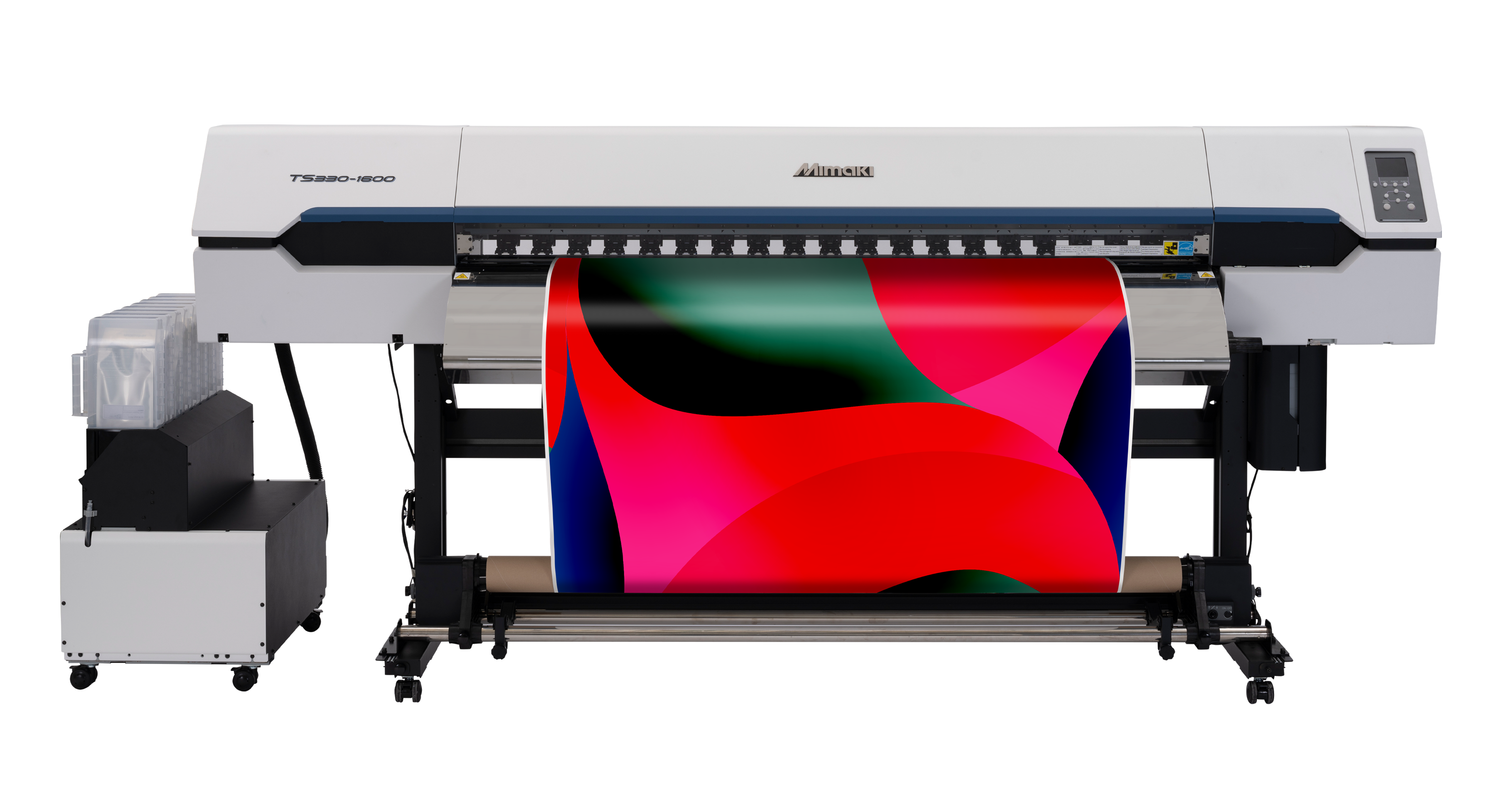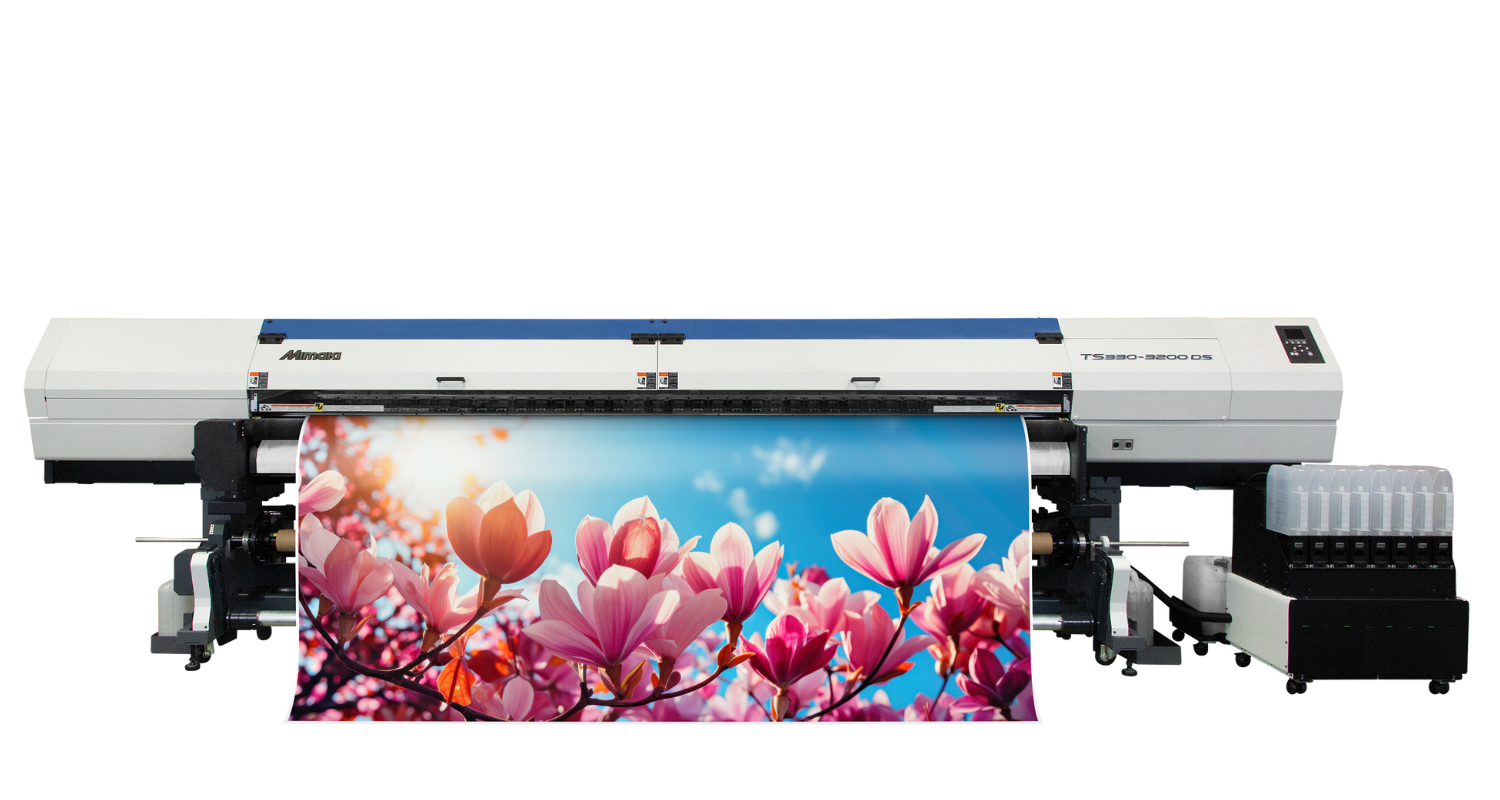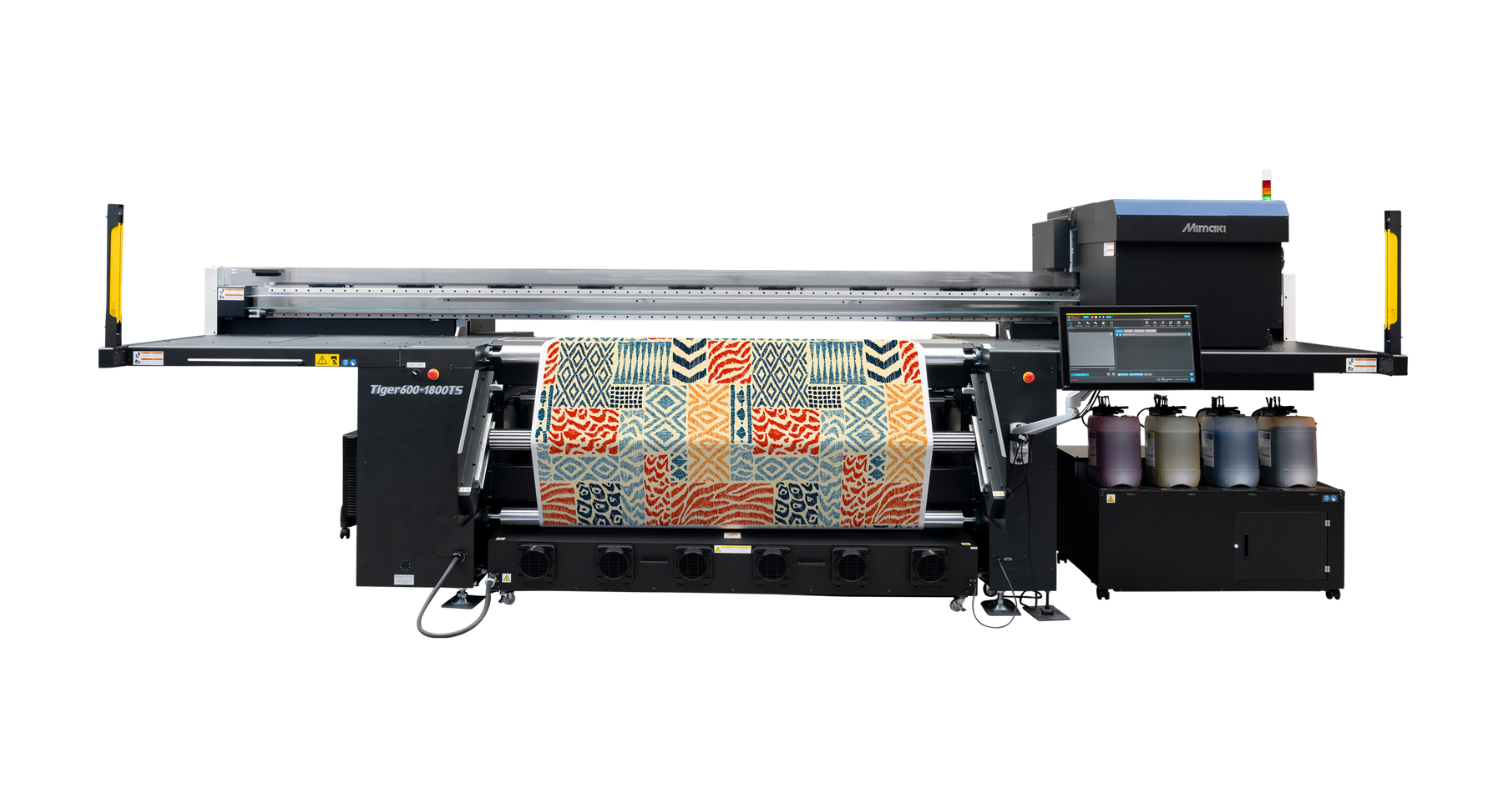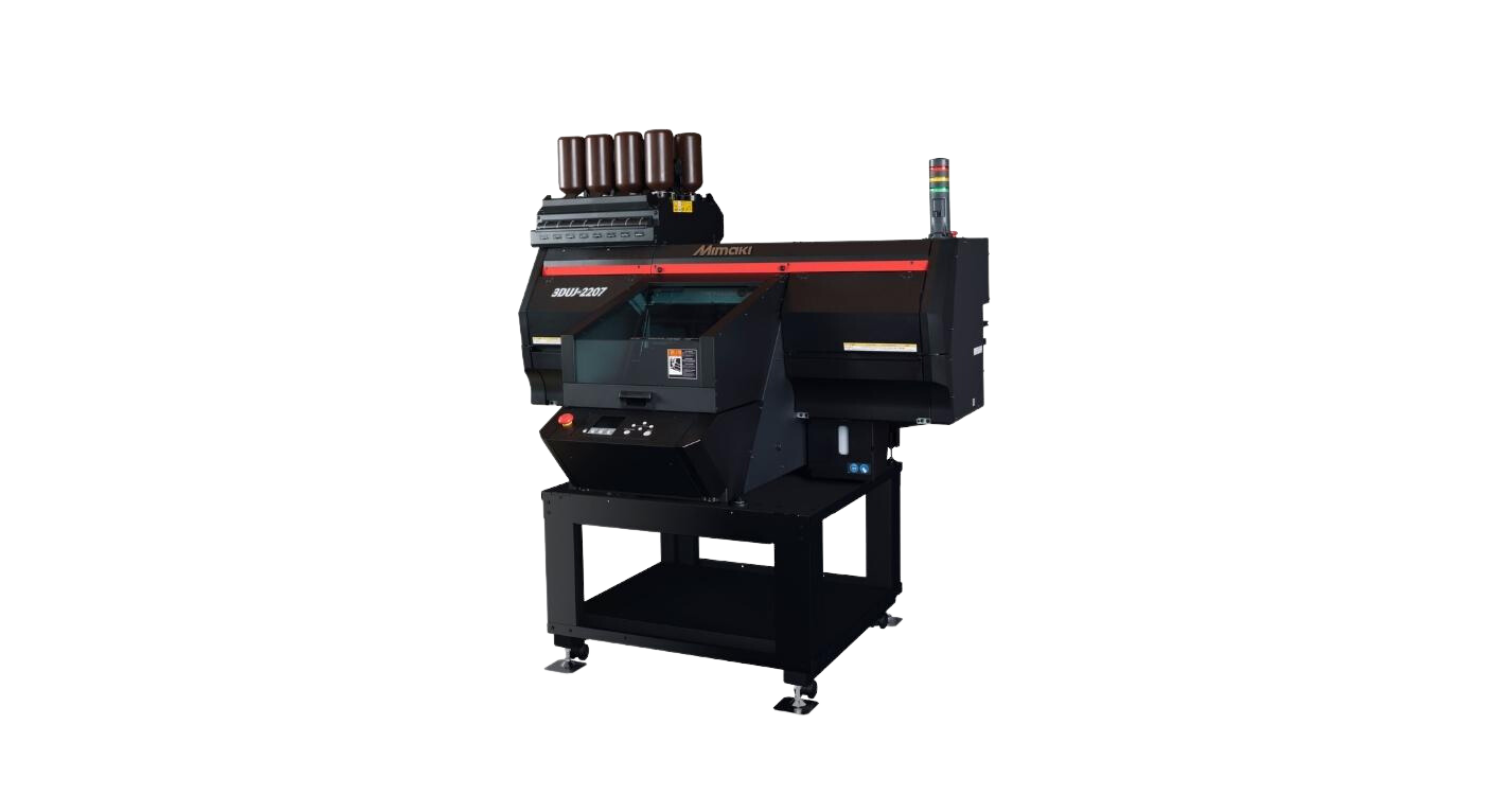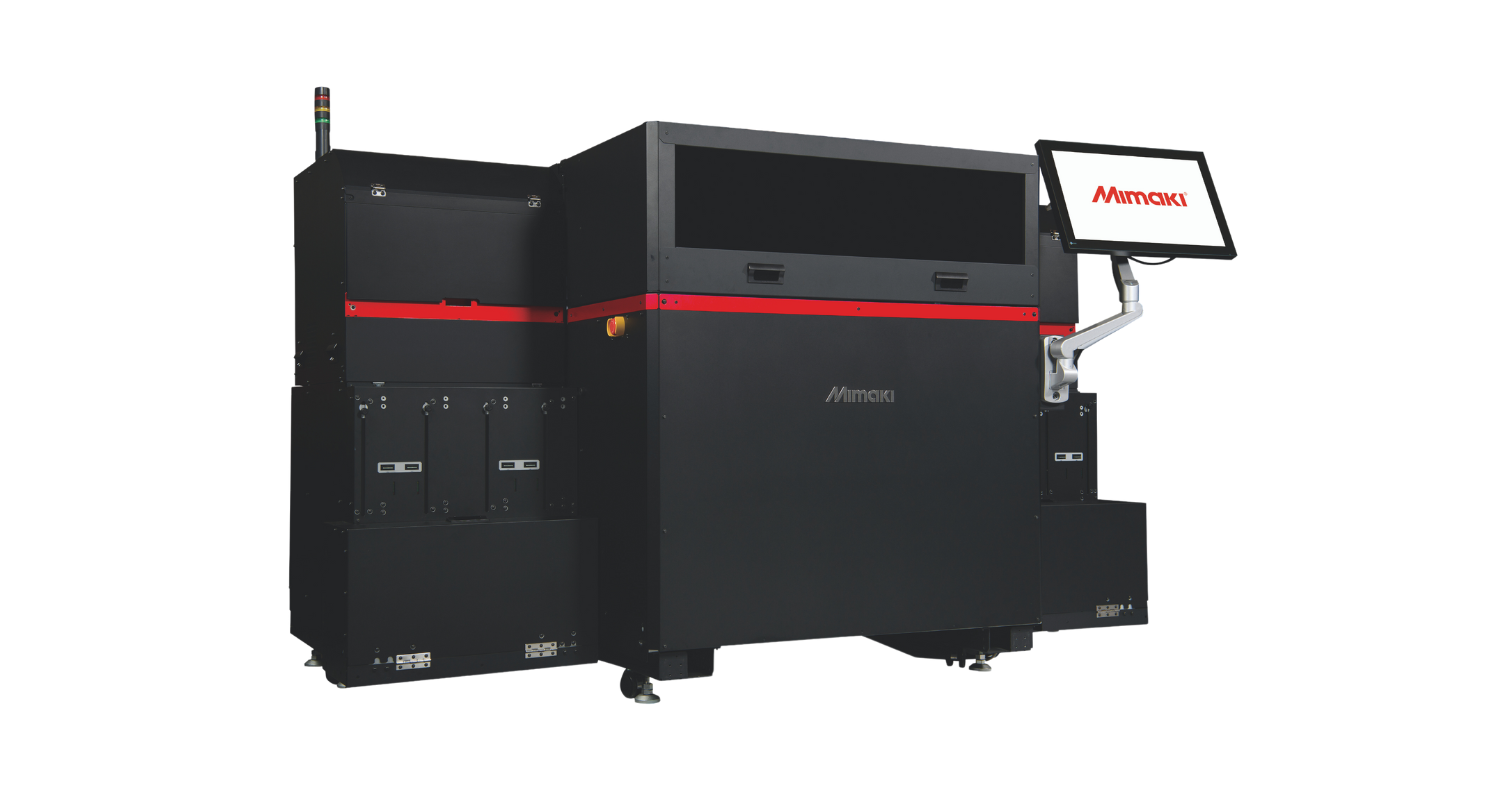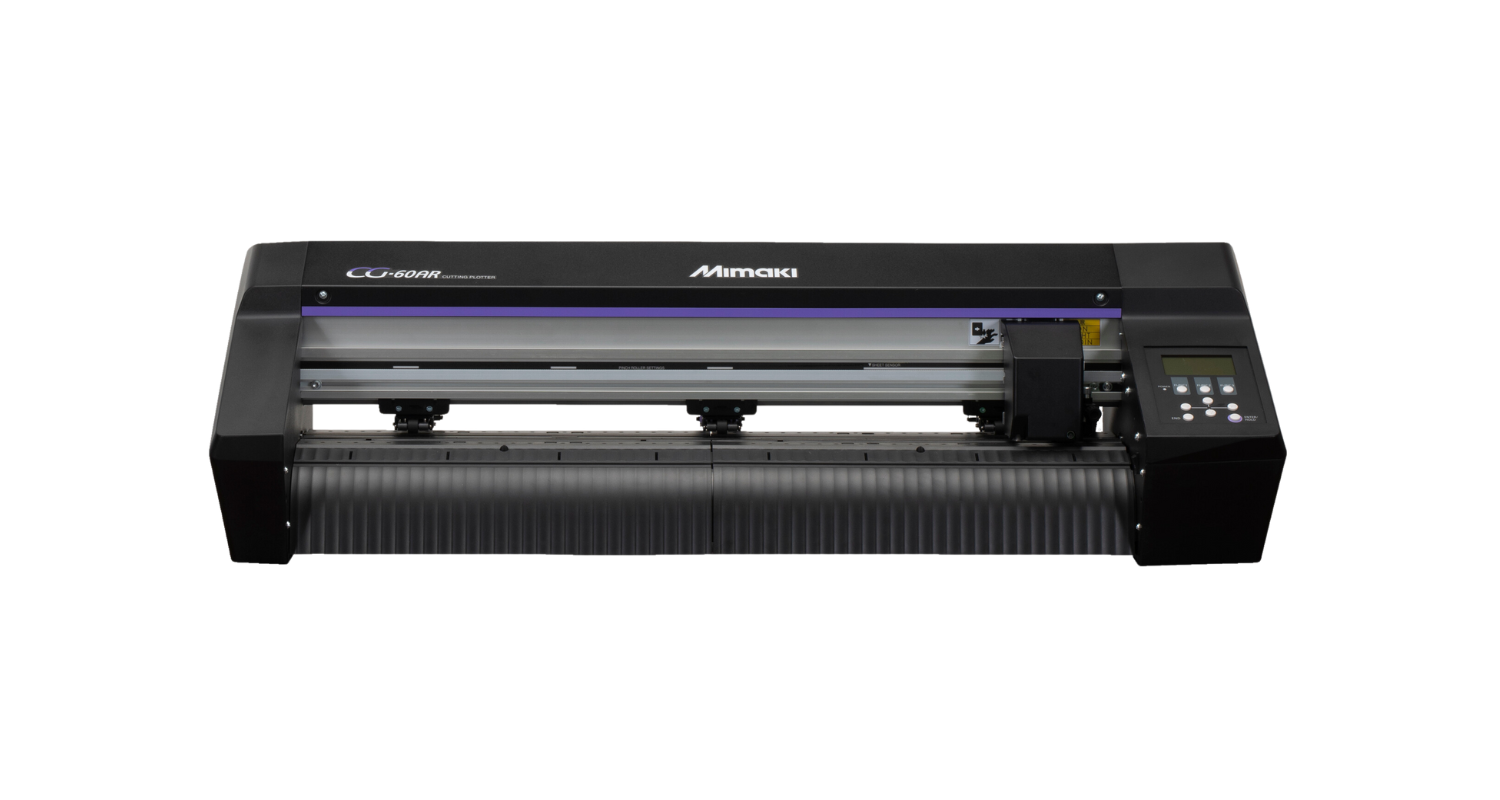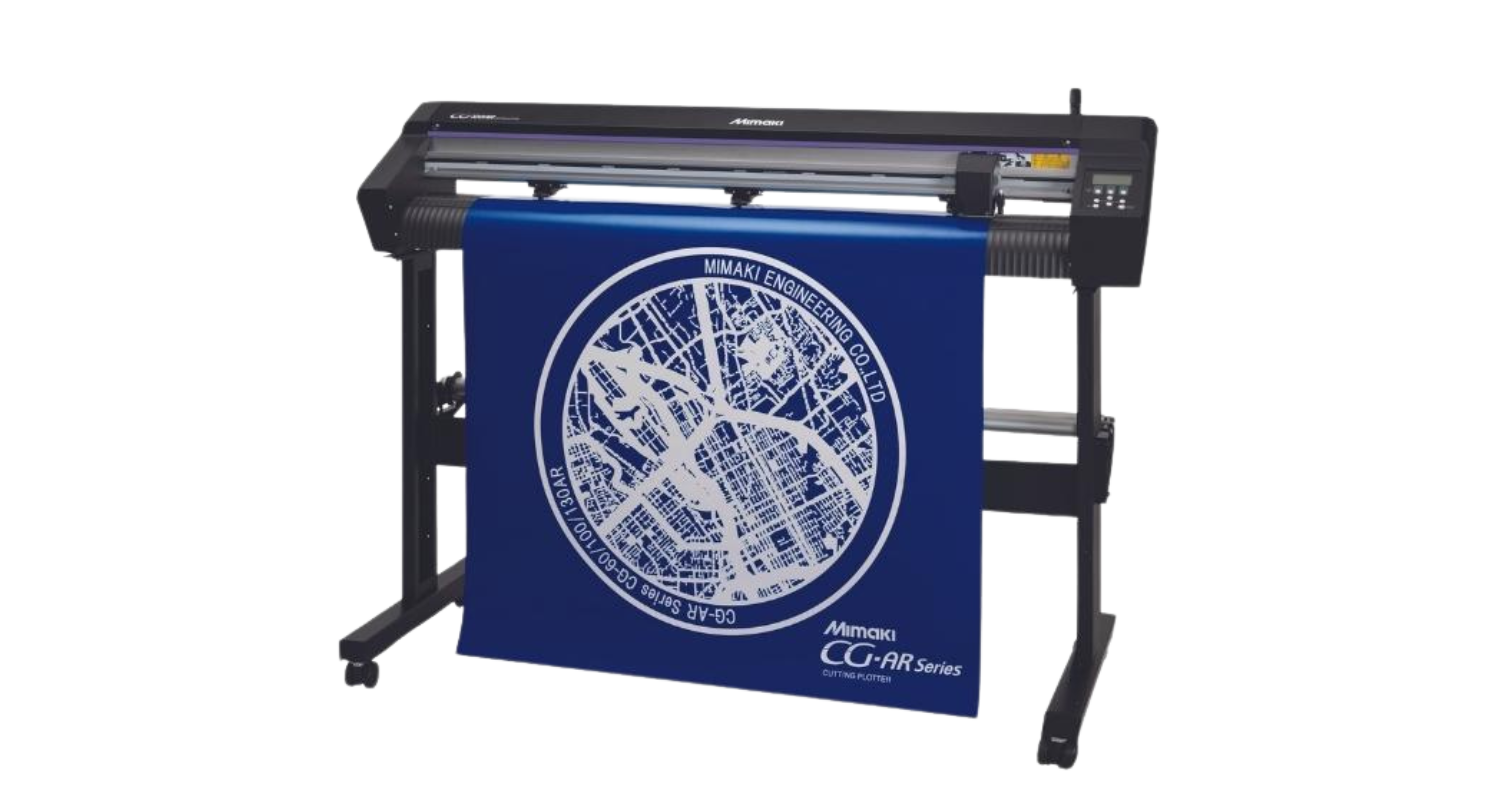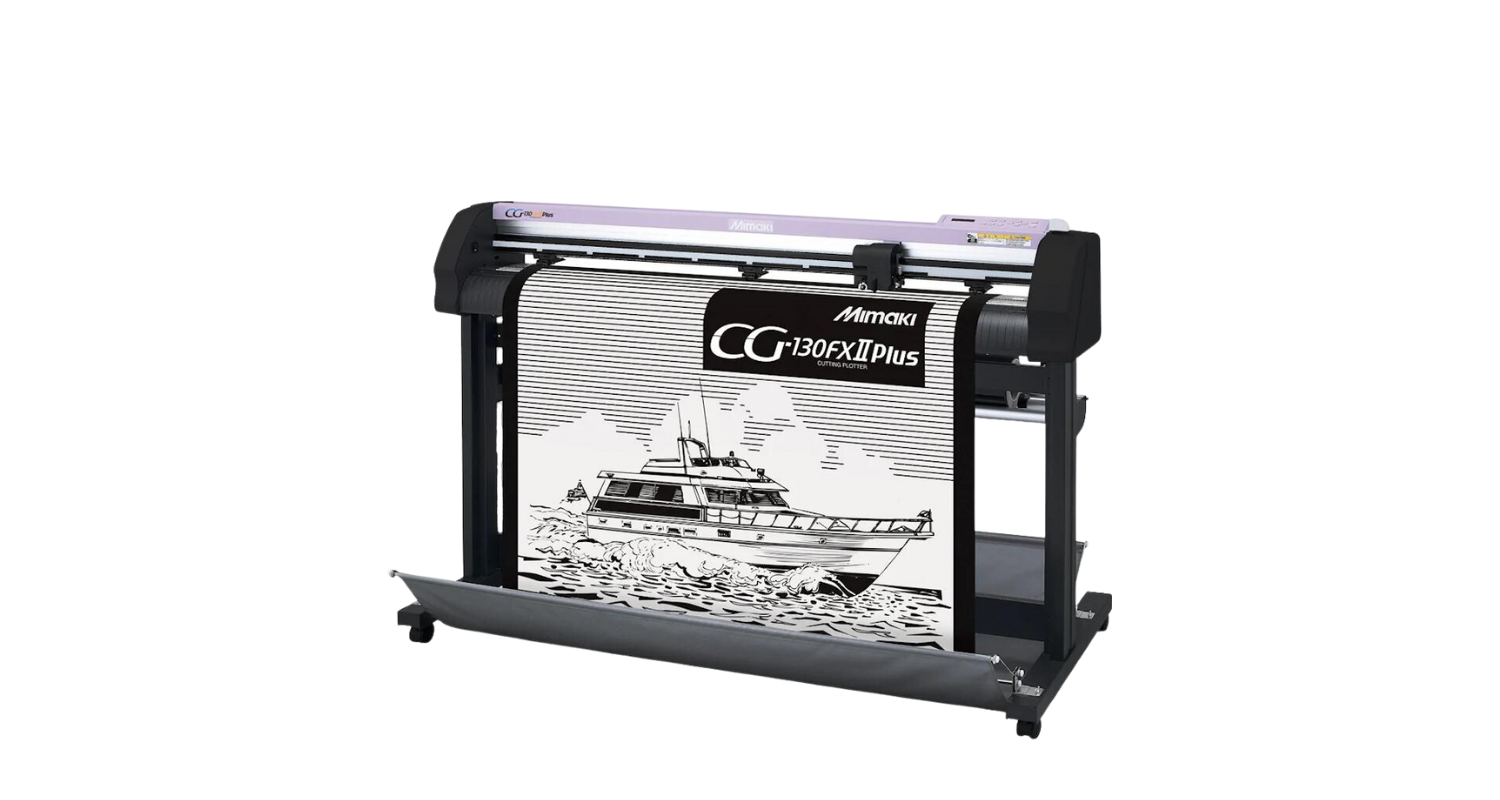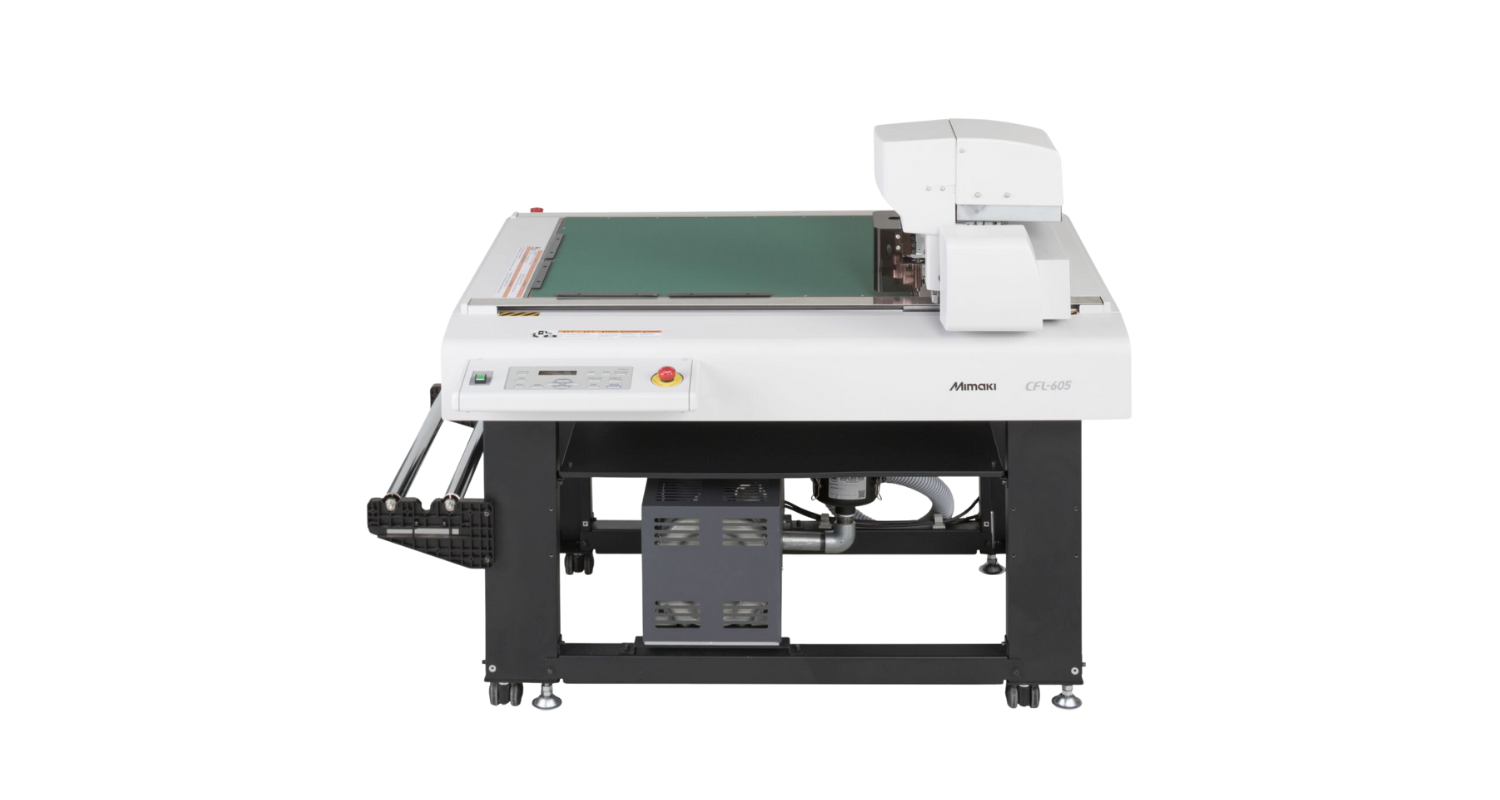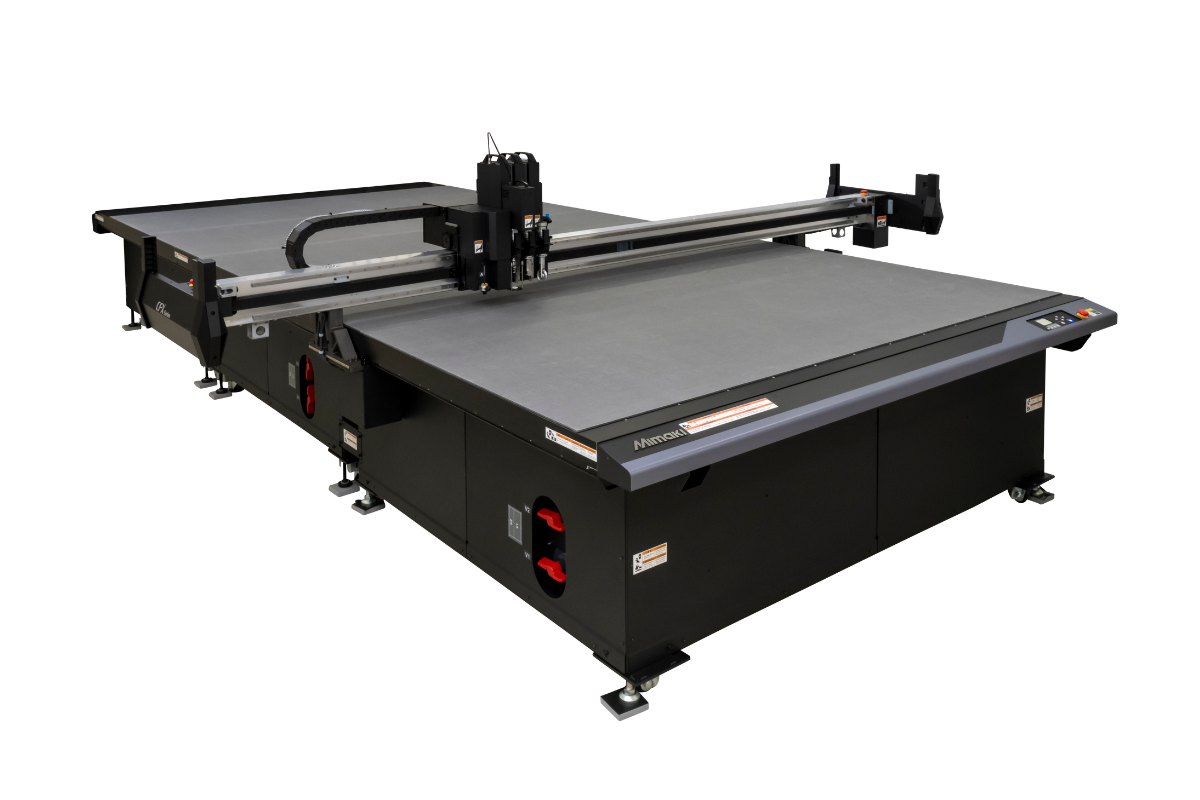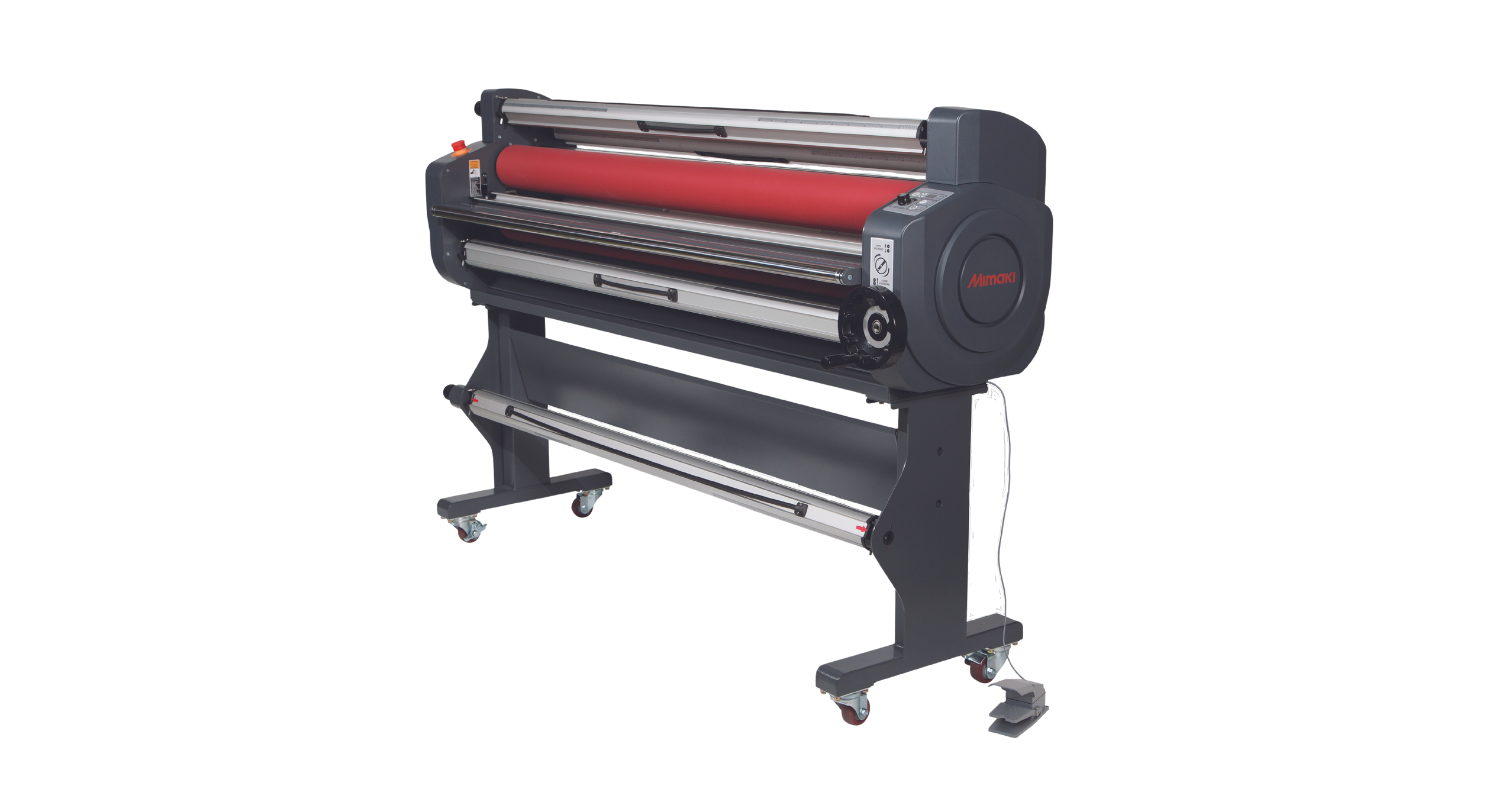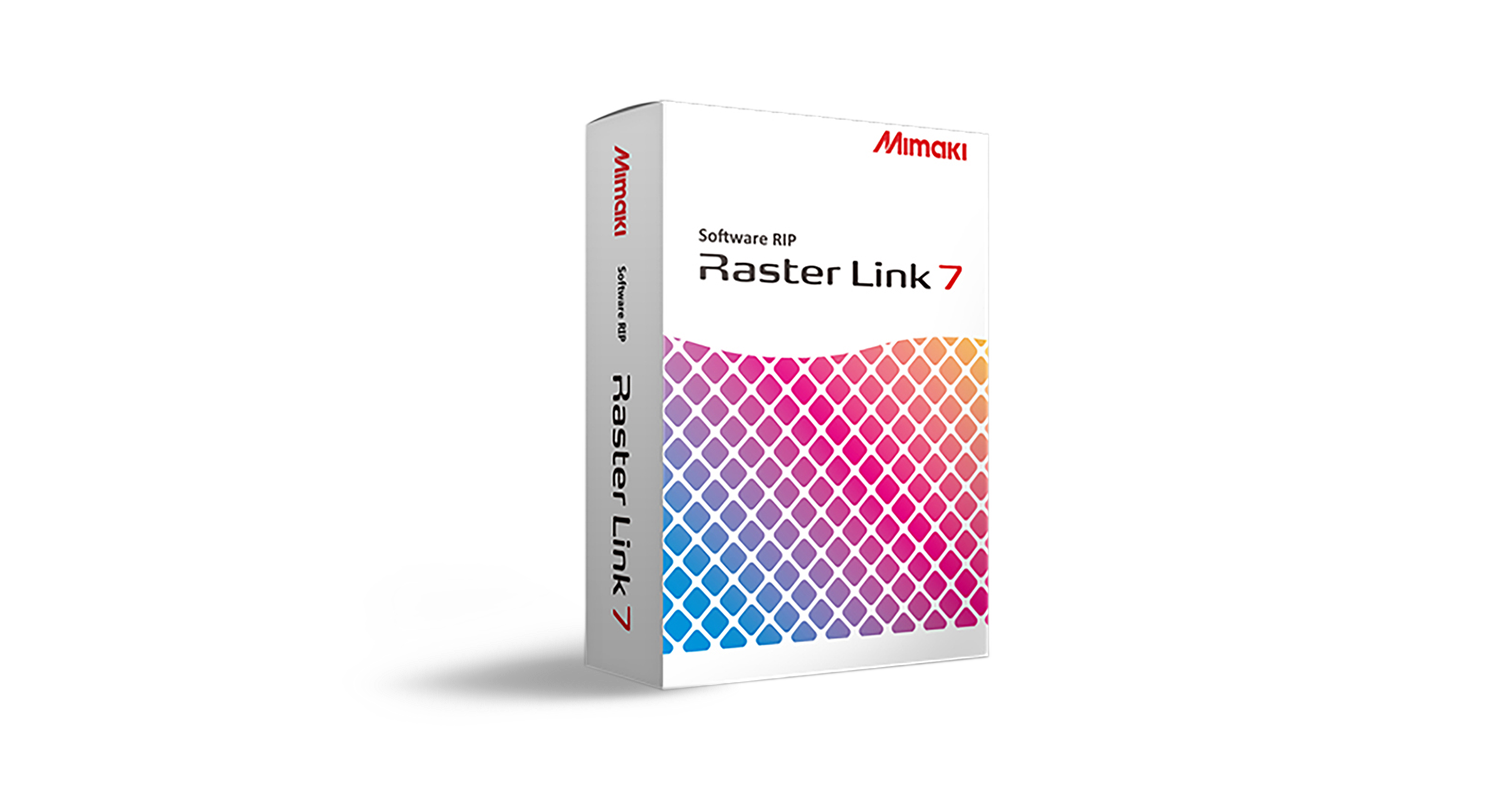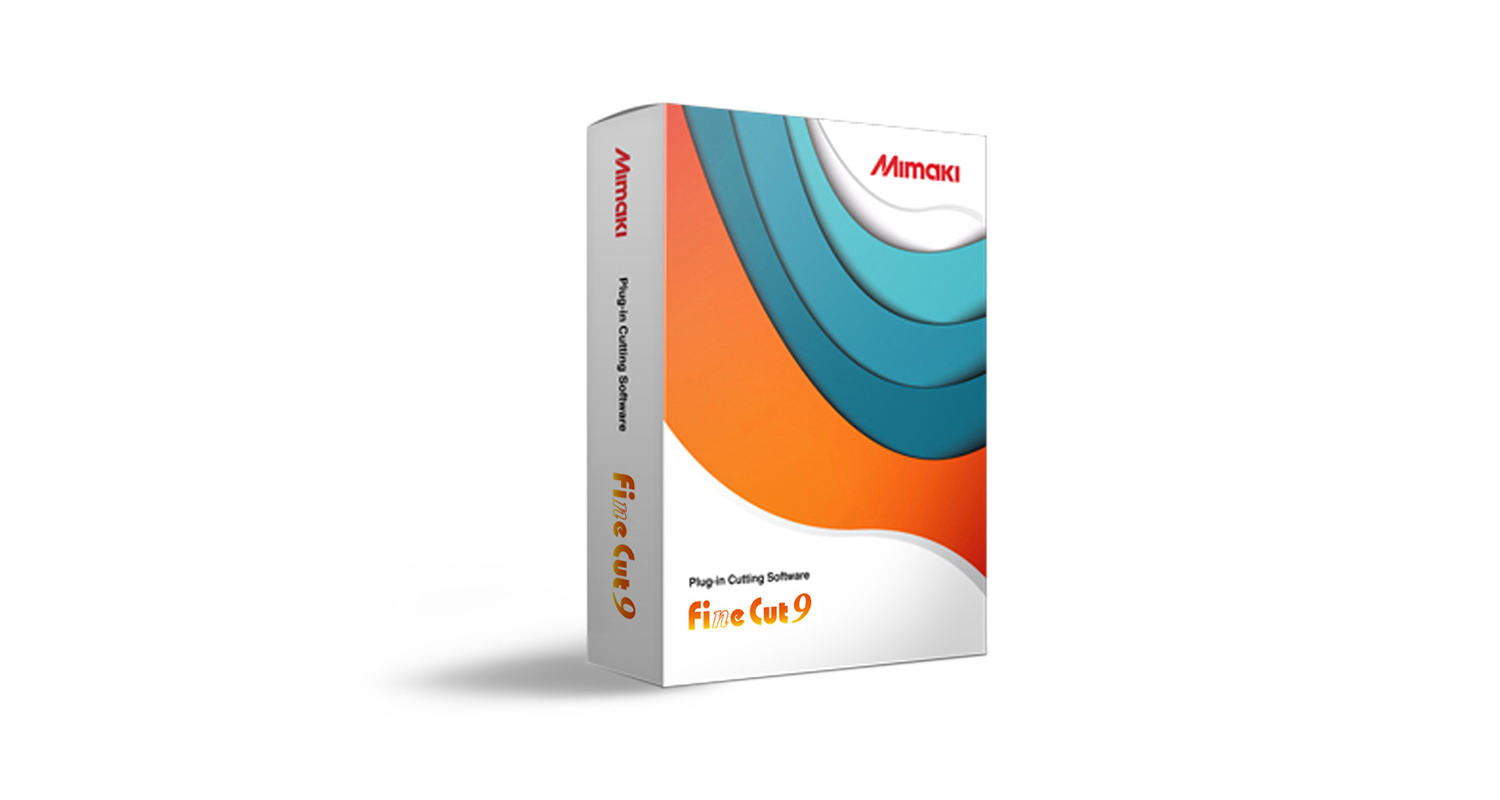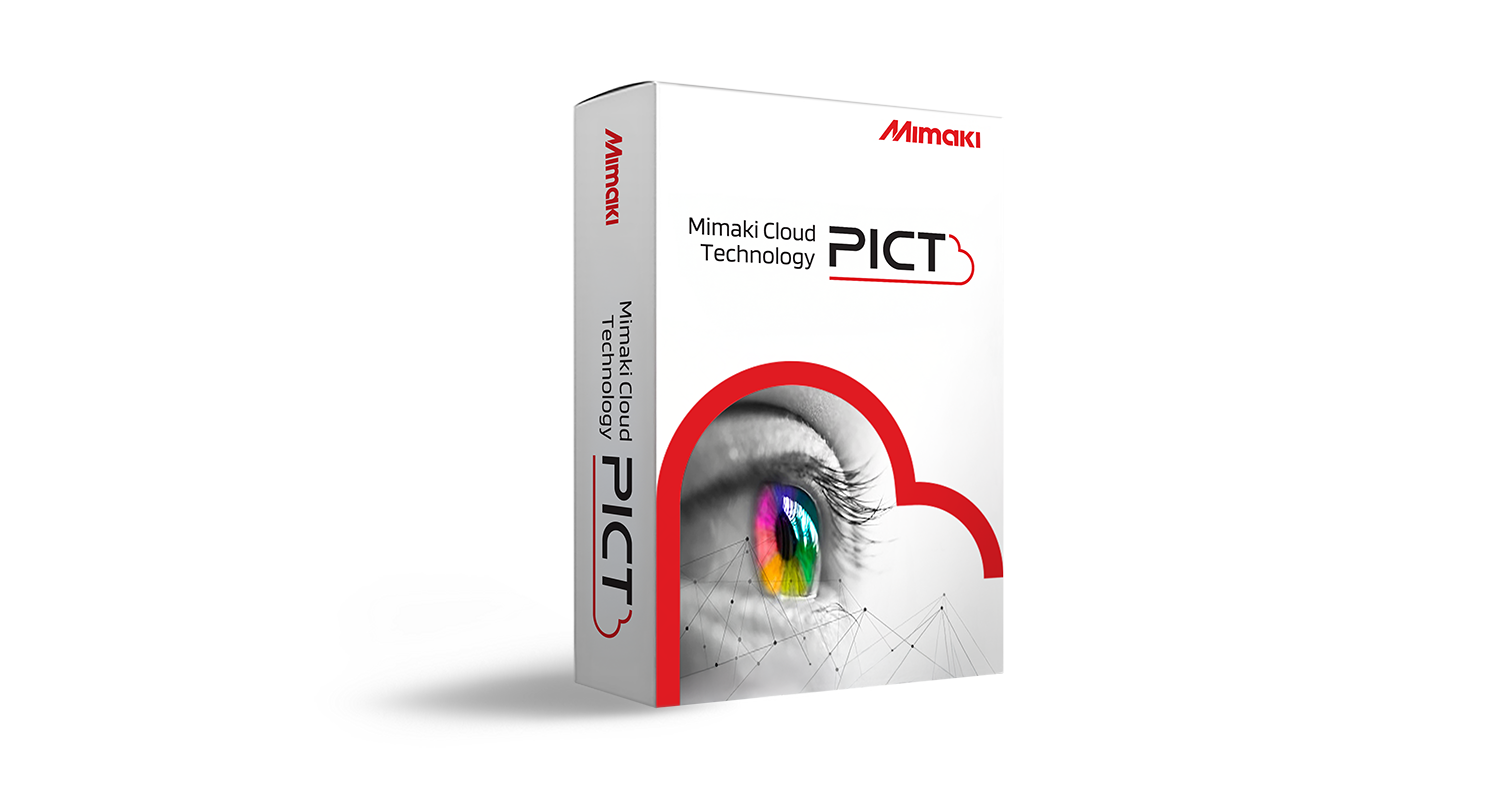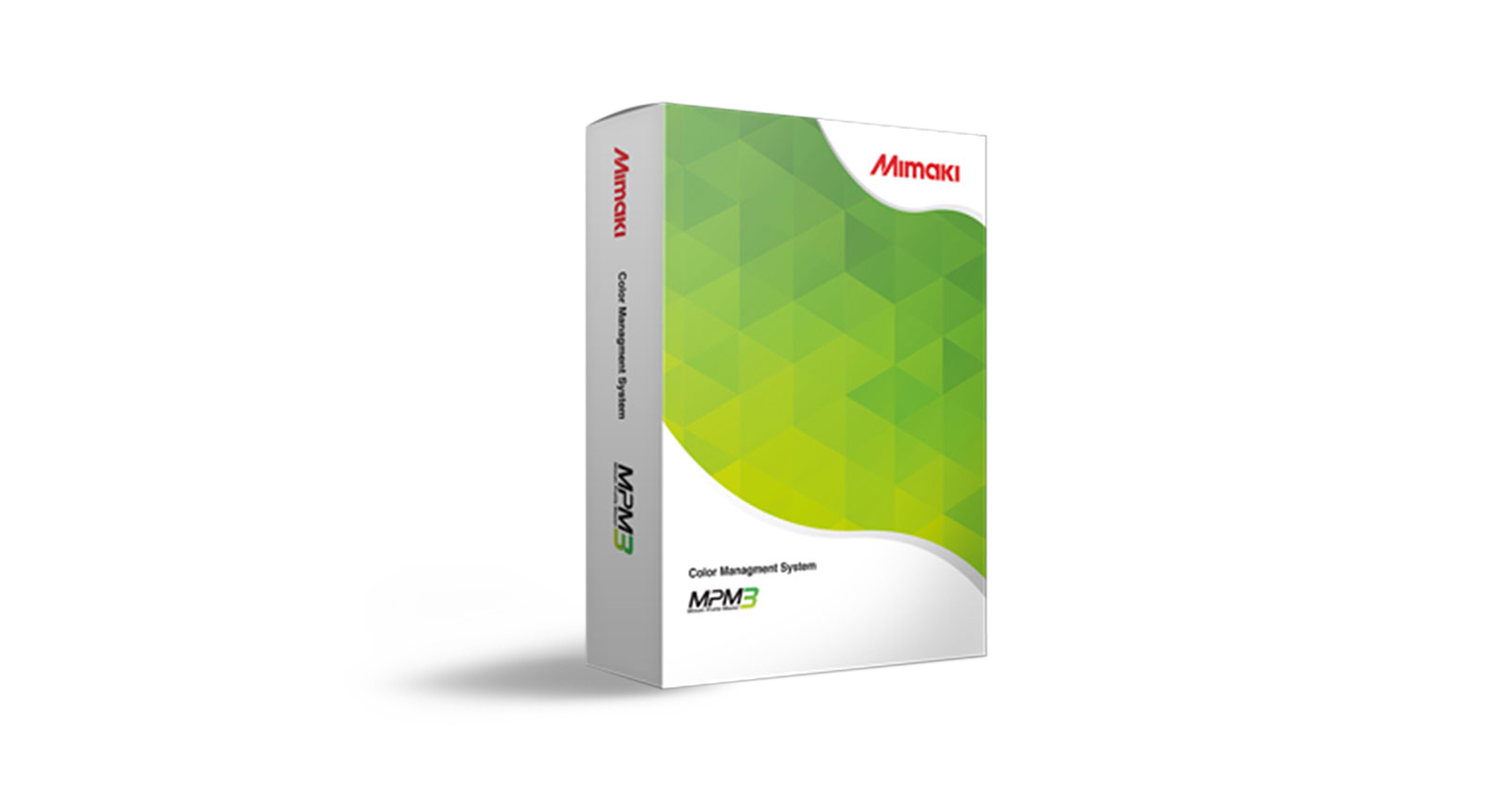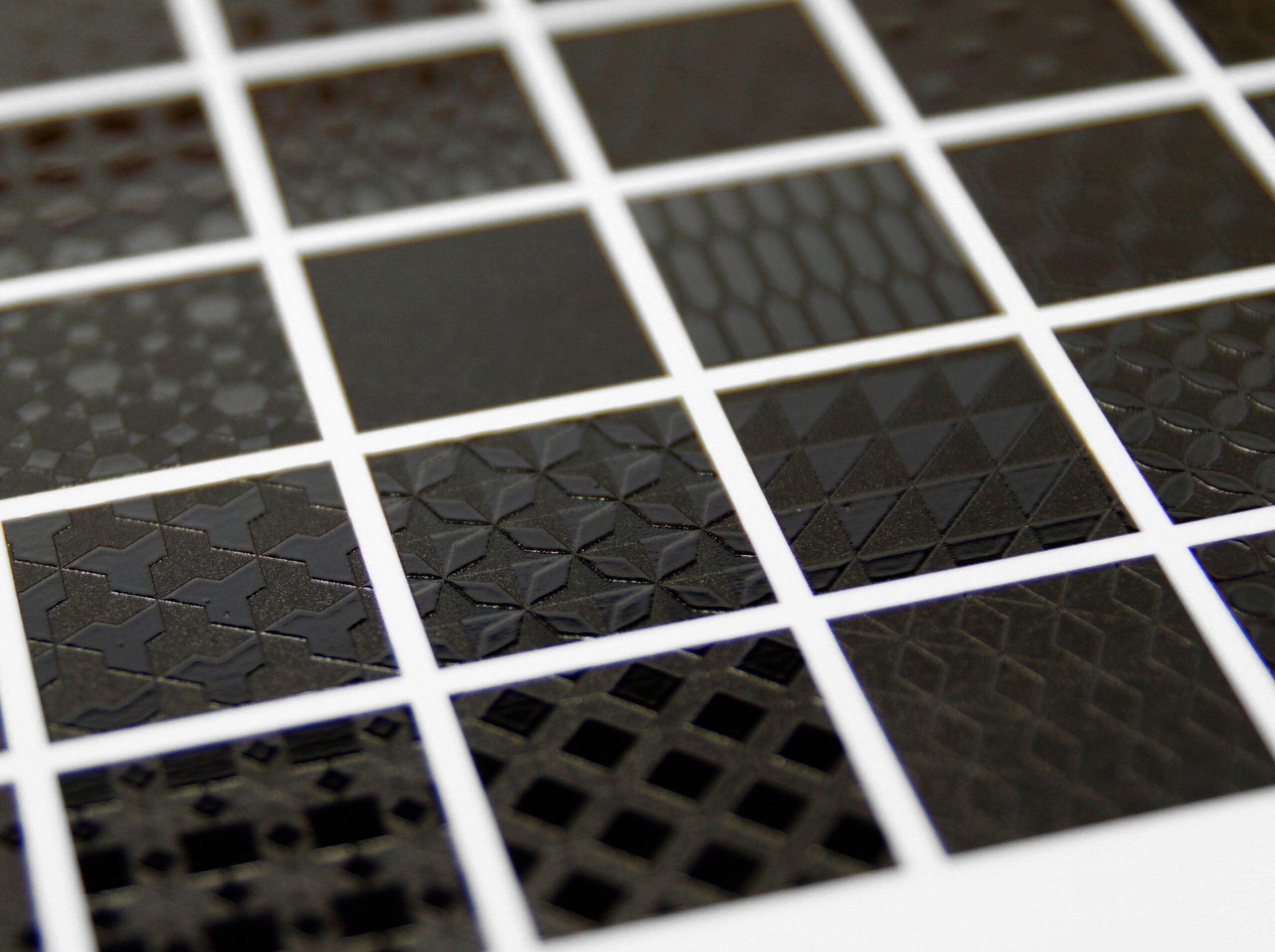The Nitty Gritty of Direct-to-Object Printing
Direct-to-object printing is flying! New inks and primers have opened up a vast selection of objects that can be printed to and the industry is beginning to explore some highly creative avenues in this sector and ‘stretch its legs’ with interior decor, personalised giftware and marketing collateral. It’s a trend that is set to continue.
Printing direct onto objects such as phone cases and other personalised items such as exhibition giveaways means print quality has to stand up to close inspection and be scratch resistant, and there’s also the cost implications involved in producing short run batches to be considered. Following the release of its award-winning UJF series of small format LED UV flatbeds back in 2009, Mimaki has dominated the world of direct-to-object promotional printing, achieving an install base of several hundred machines in the UK alone. 2016 saw the launch of the UJF-3042 MkII and UJF-6042 MkII, both of which offer enhanced features such as increased productivity and yet again demonstrates Mimaki’s commitments to delivering marketing-leading solutions.
Mimaki’s two new desktop LED UV flatbed printers are exceeding industry expectations and provide compatibility with a range of Mimaki’s versatile UV inksets making them appealing to several different sectors; LUS-120 inks provide stretchability up to 170% and are great for printing onto soft material surfaces like smartphone wallet cases which require folding. LUS-150 inks are ideal for trophies and other acrylic items because they give excellent adhesion and the LH-100 rigid inks withstand high levels of abrasion making them perfect for accessories or stationery products. When used with Mimaki’s PR-200 inkjet primer, LH-100 inks are the perfect match for substrates that have been traditionally difficult for UV-curable inks, such as glass and metal. Finally, a variety of special effects can be achieved with Mimaki Clear Control (MCC) varnish ink, such as embossing or gloss finish.


